Whether you want to measure the dimensions of a table, know the perimeter of a room, or detail the angular height of a staircase, you’d ideally require a range of equipment: measure tape, level, notebook, pen and more. Putting technology to laser precision, Chinese designer has envisioned HOTO: Smart Laser Measure Pro. The idea of this distance-measuring device is very simple: measure and document it in the most intelligent way.
HOTO is a convenient, accurate, and least cumbersome way to measure and document just using a device and dedicated mobile app. A small rectangular form factor makes HOTO really convenient to carry, in fact you can hang it by the wrist courtesy of a carrying string. The gadget is a worthy upgrade to the HOTO laser measure first edition.
Designer: Lu Zheng and HOTO
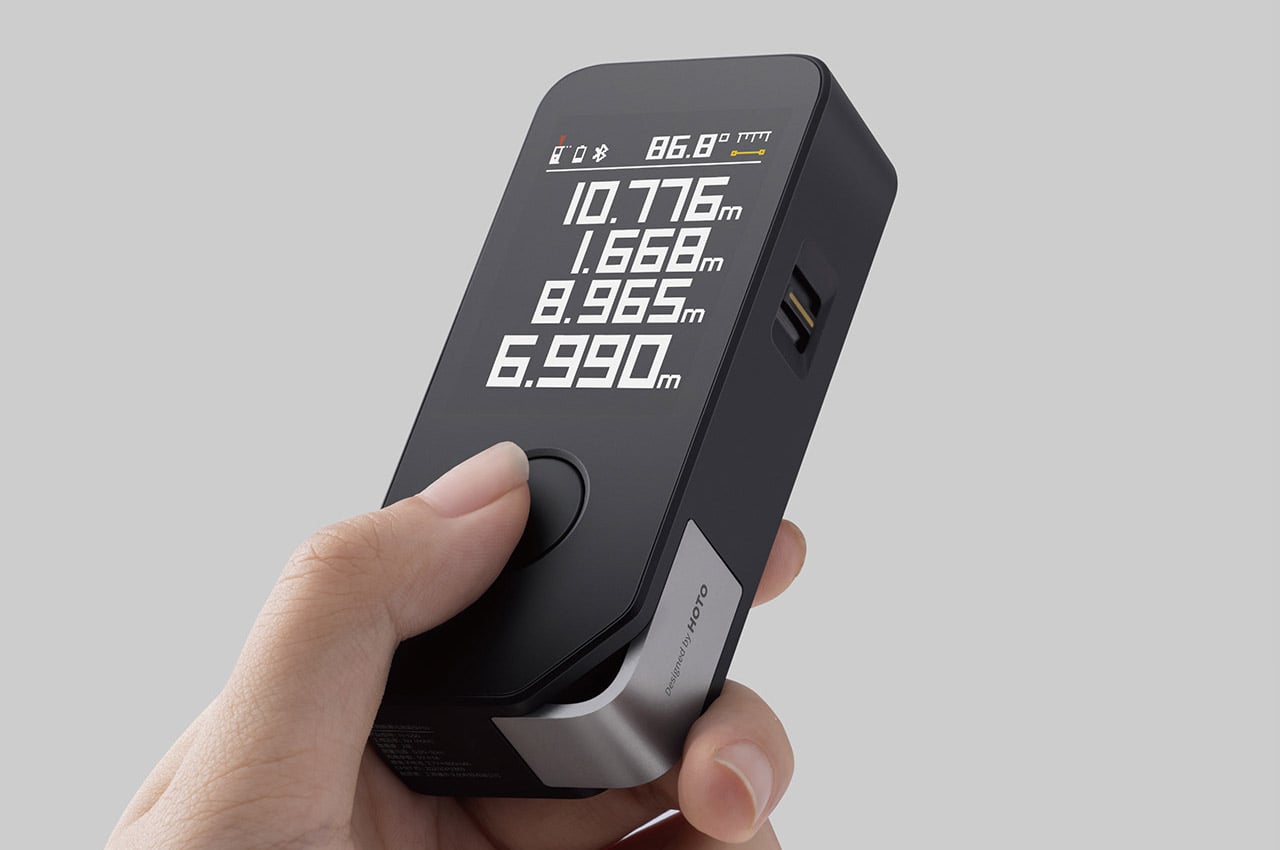
The smart gadget features a single-button operation, which is the biggest distinguishing aspect of the device in the market saturated with laser distance meters which have a host of onboard buttons and functions to carry out different tasks.
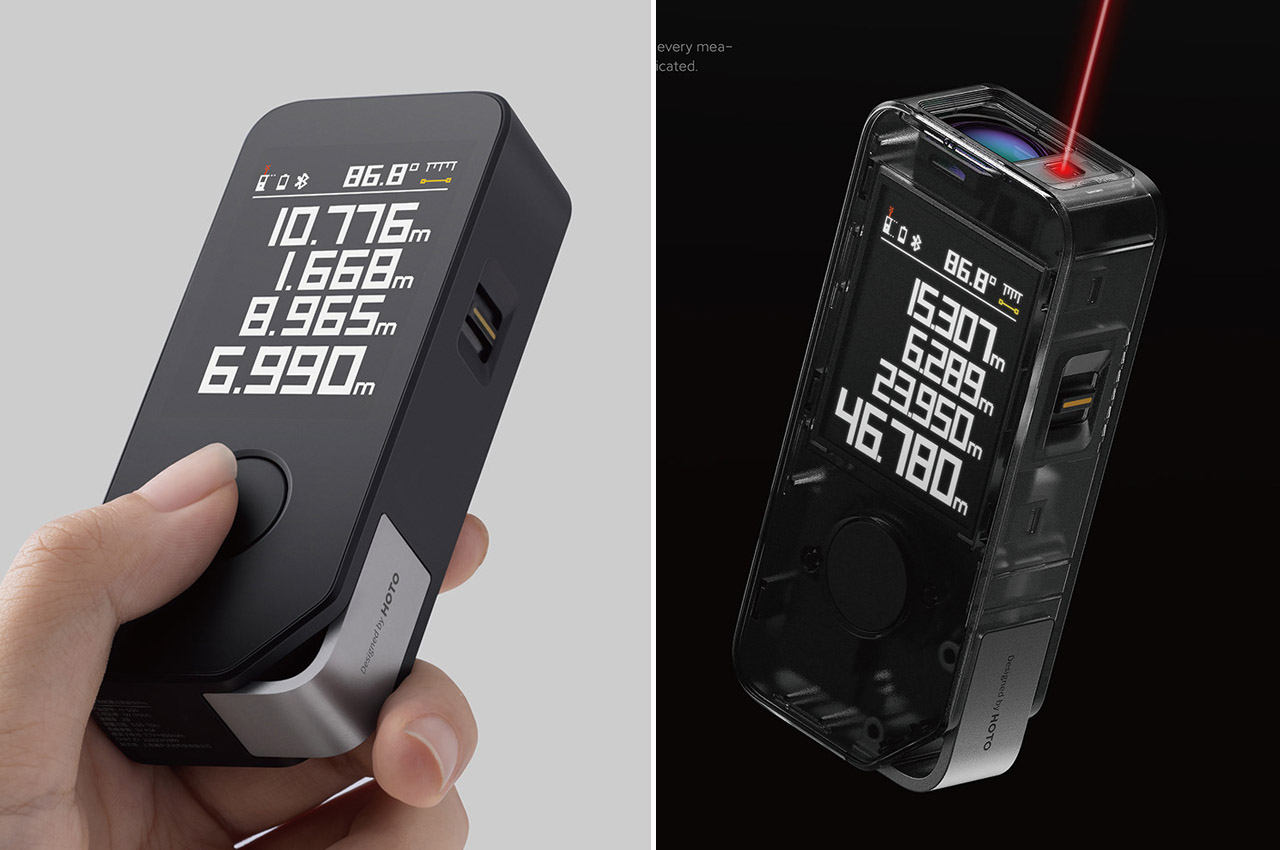
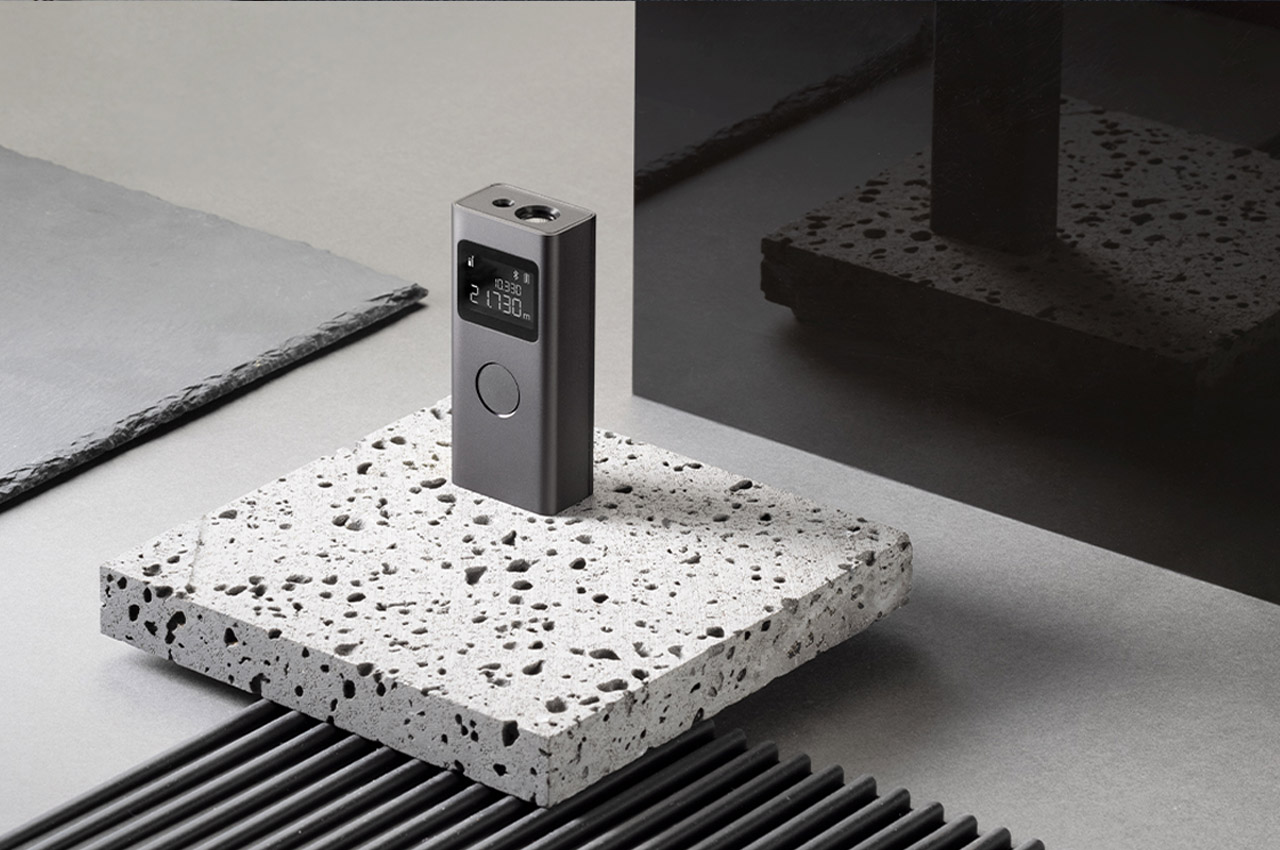
Just point HOTO laser at what you want to measure and double-press the solitary button on the device. The device will instantly vibrate to notify that measurement is ready. The data is displayed on the built-in LCD screen, it is clear and uncomplicated.
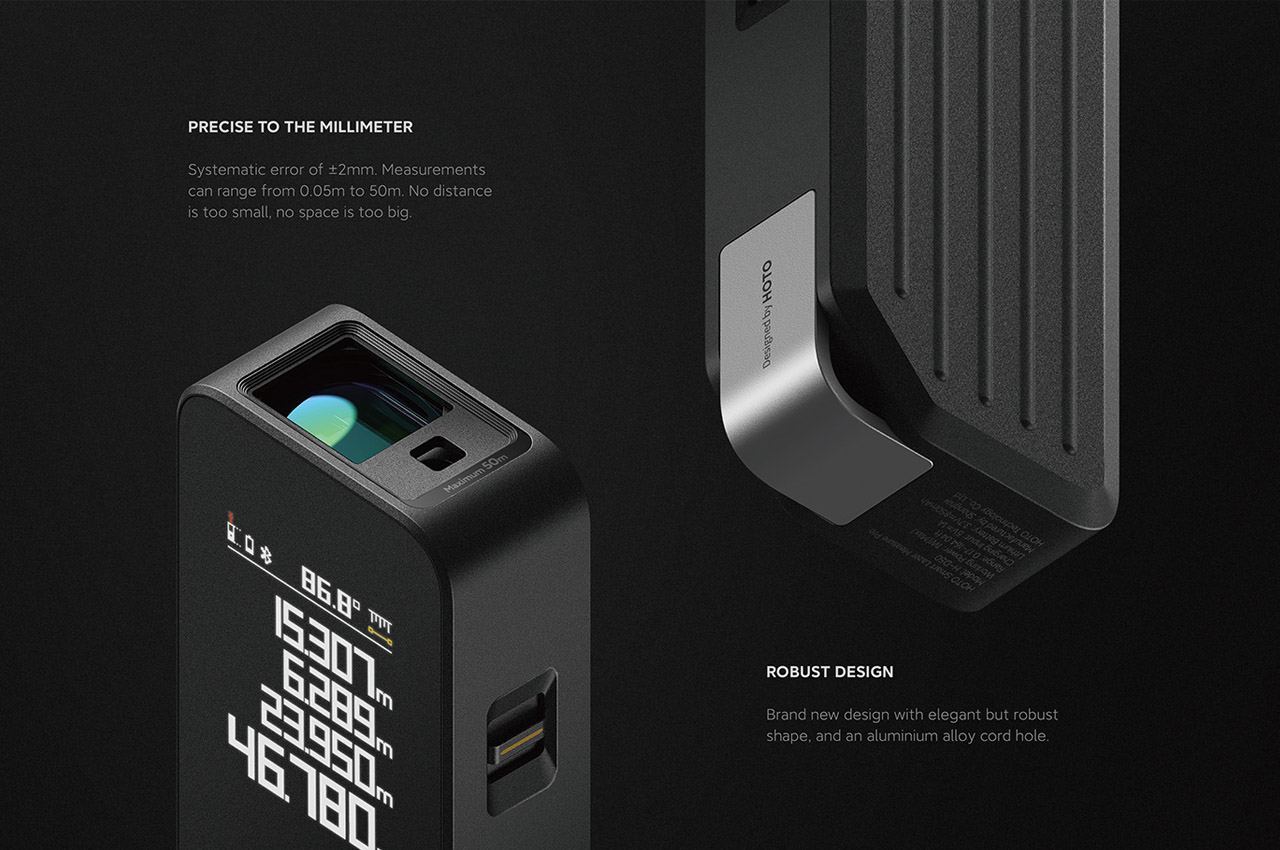
Connect HOTO to your mobile device over Bluetooth and you can store the information in the dedicated app for future reference. According to the designer, HOTO is precise to the last millimeter.
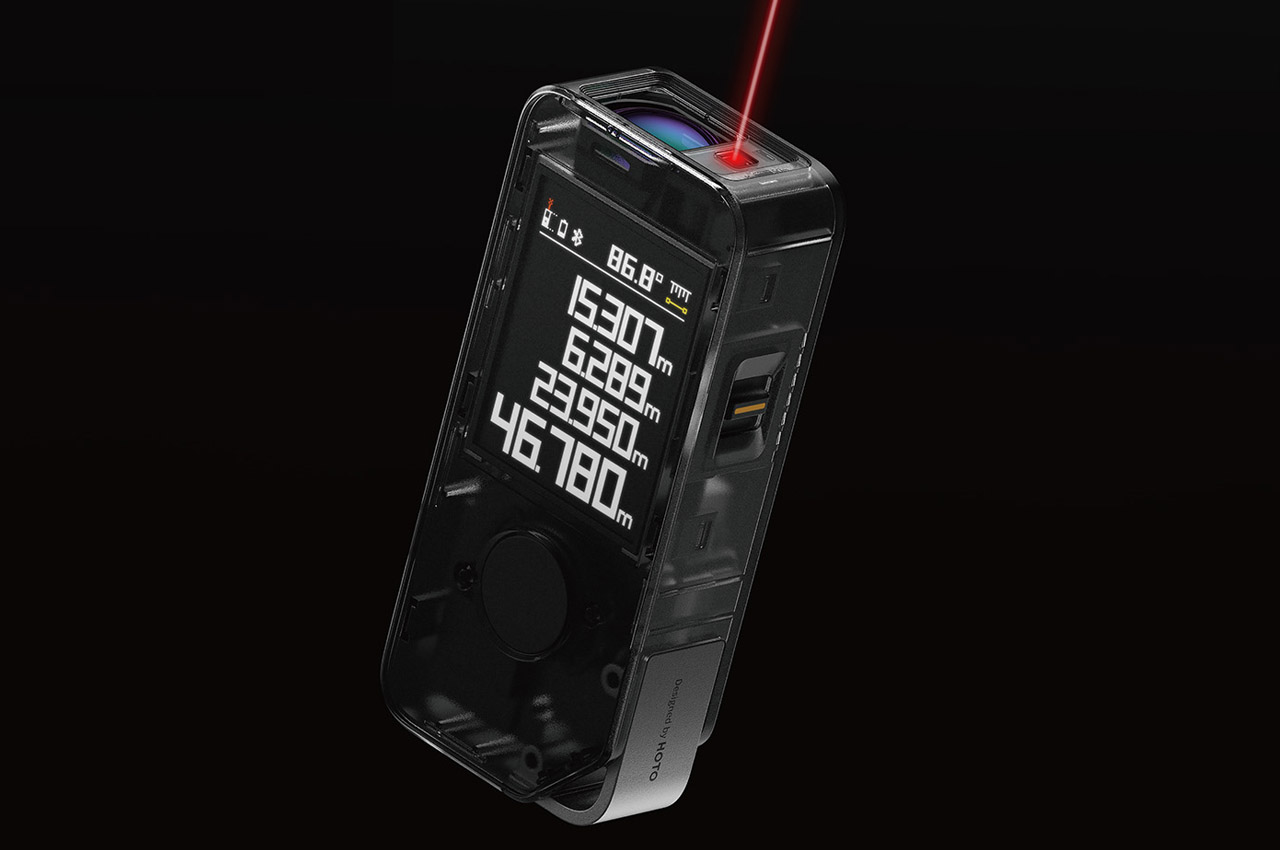
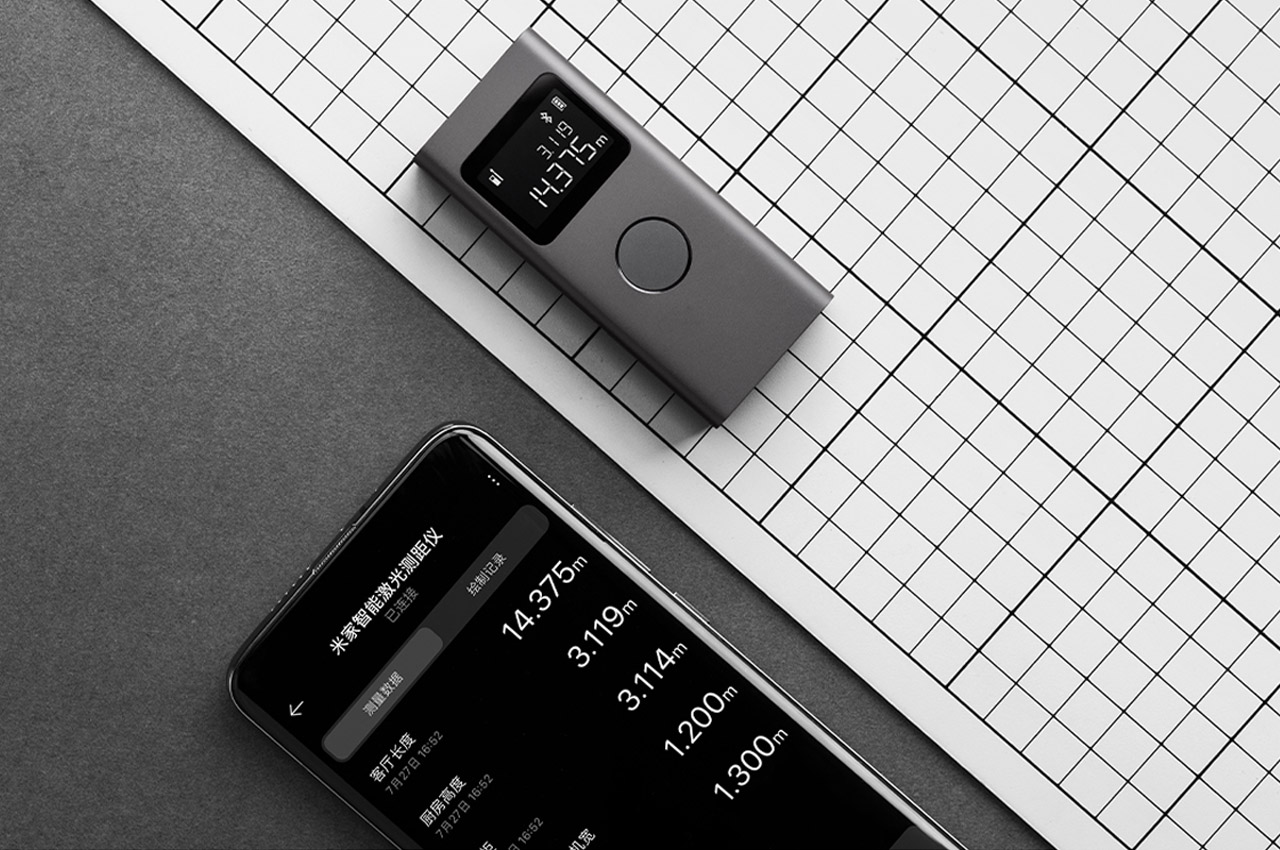
No object is too small or placed too big for the HOTO; it can display measurements ranging from 0.05m to 50m. So, draw blueprints and mark measurements directly on them right on your phone, or click a picture, measure dimensions and tap to share the memo. It’s never been easier!
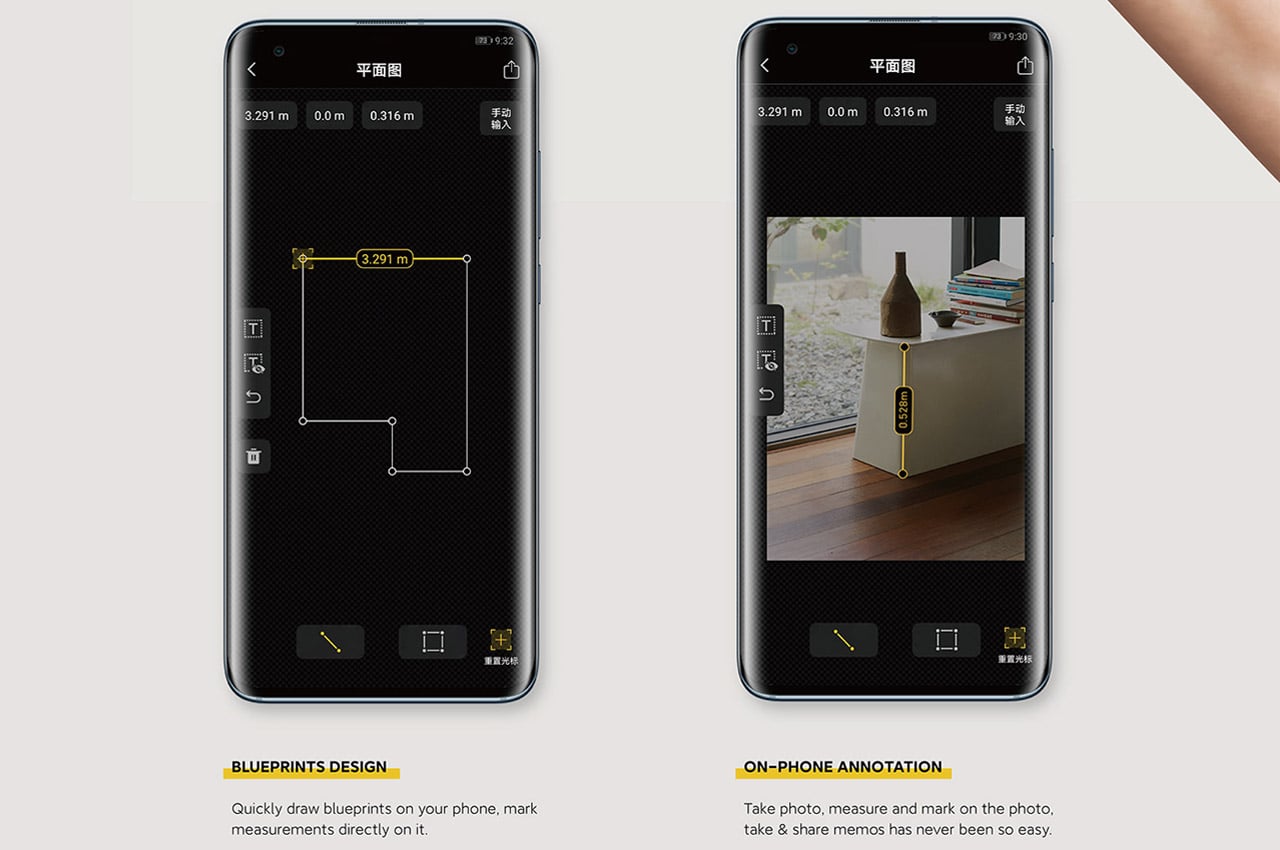
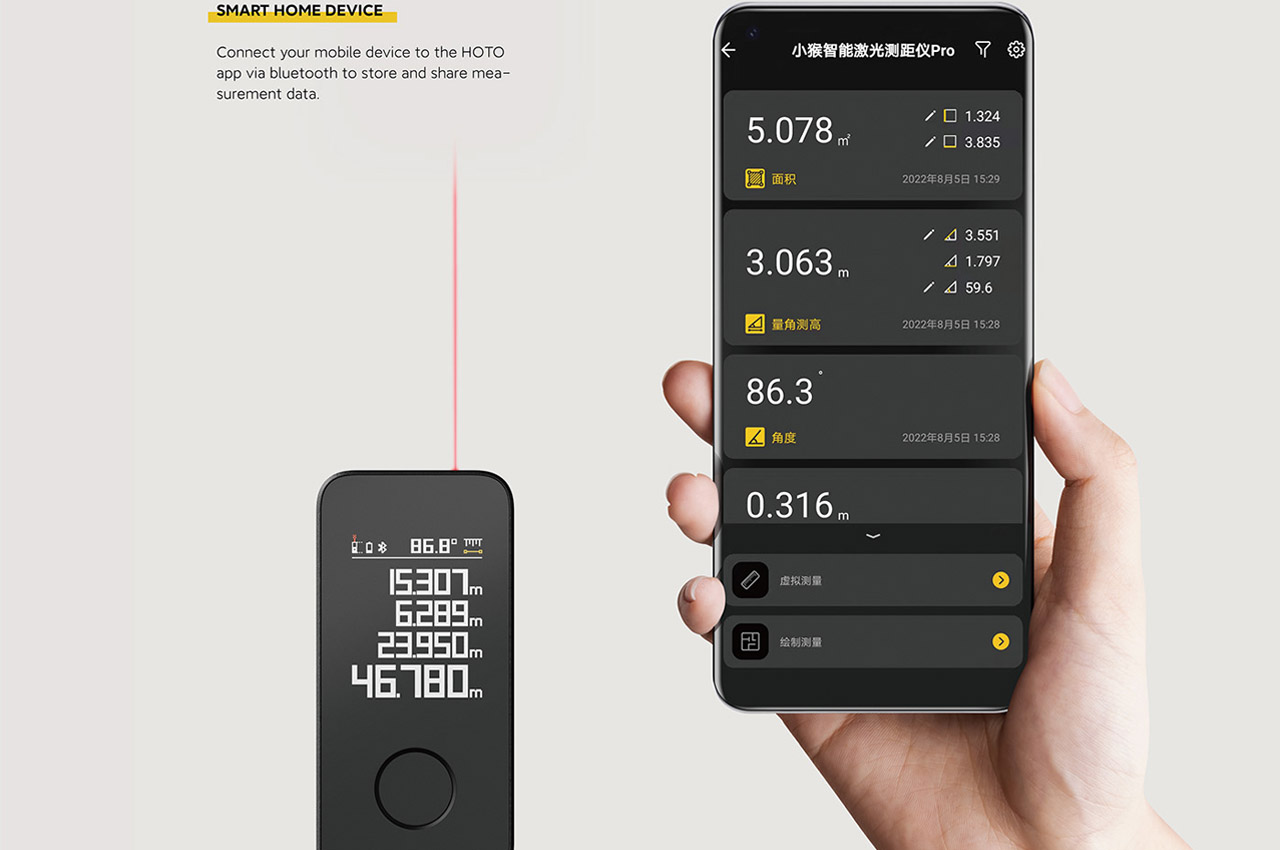
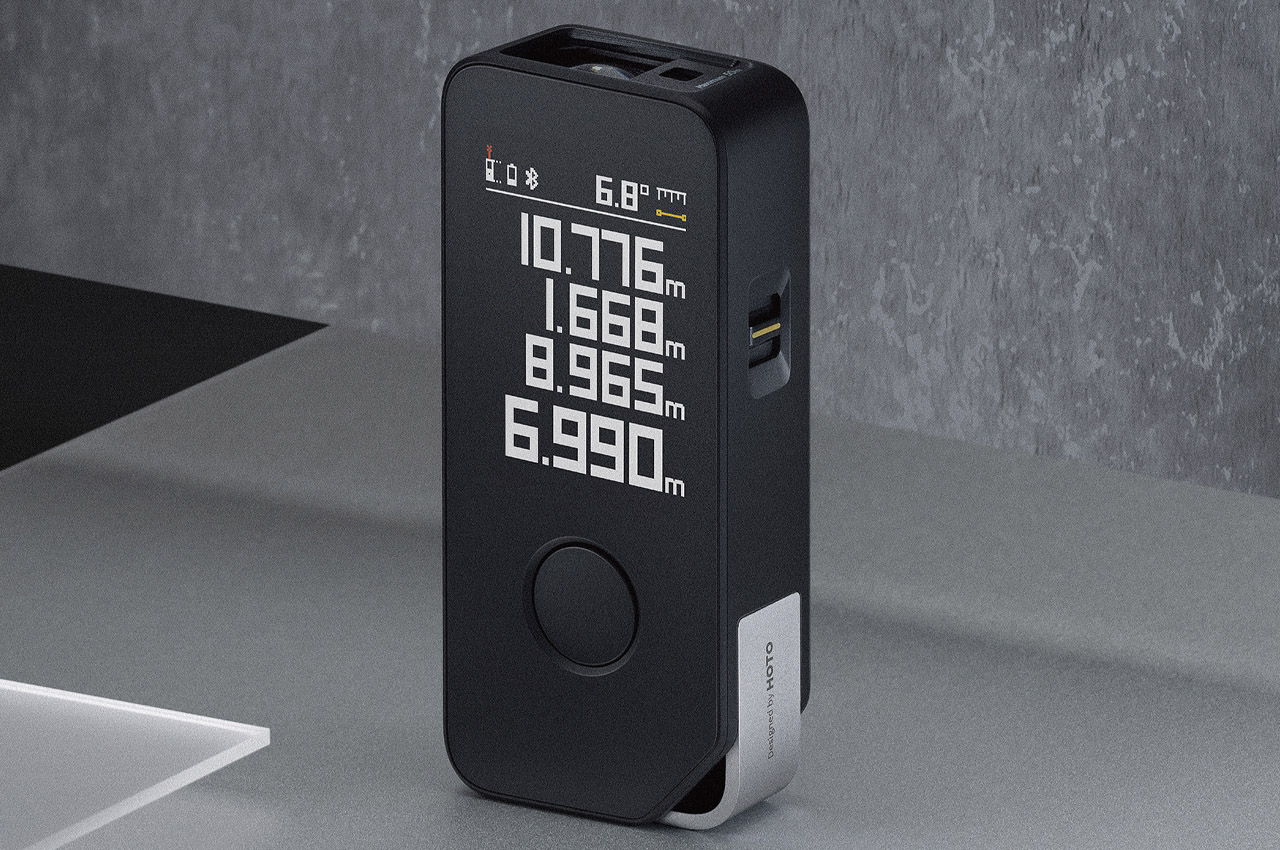
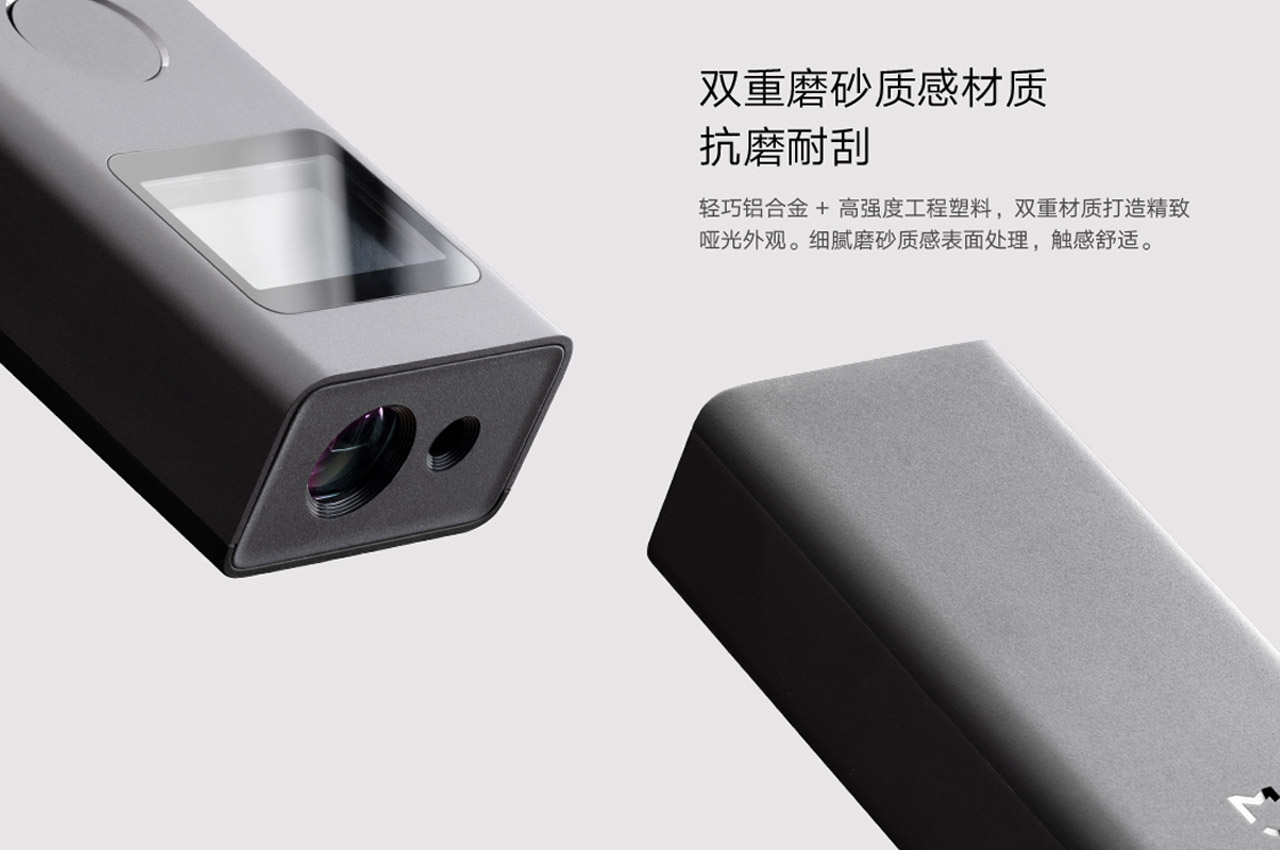
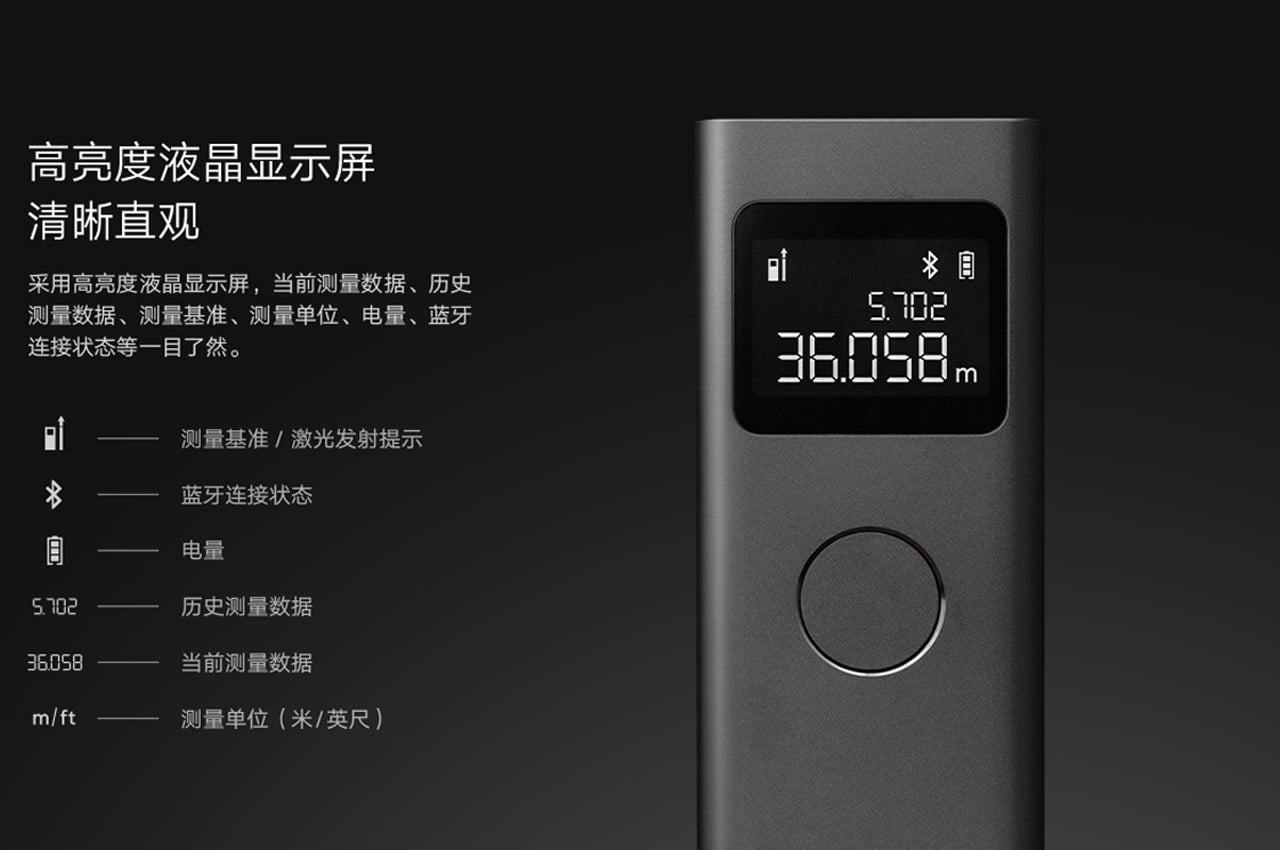
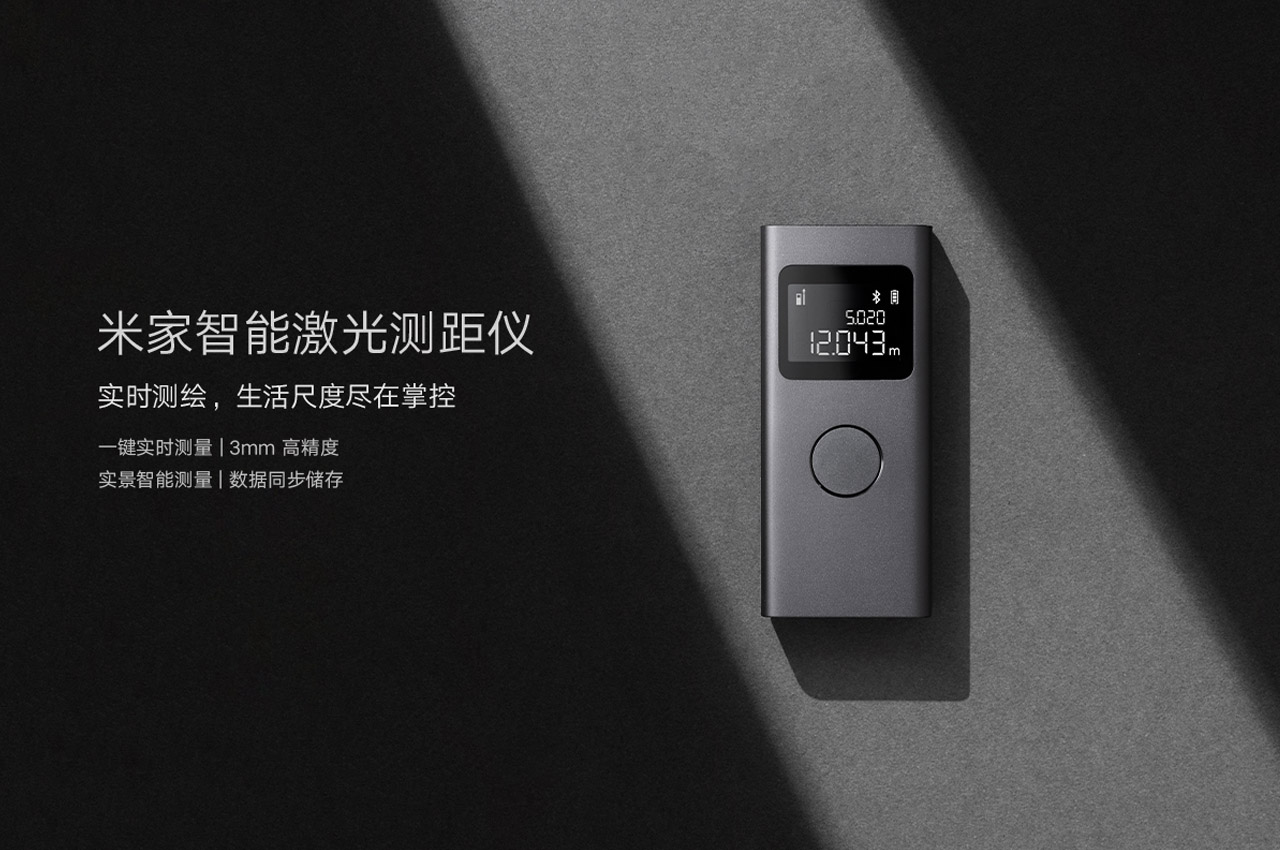
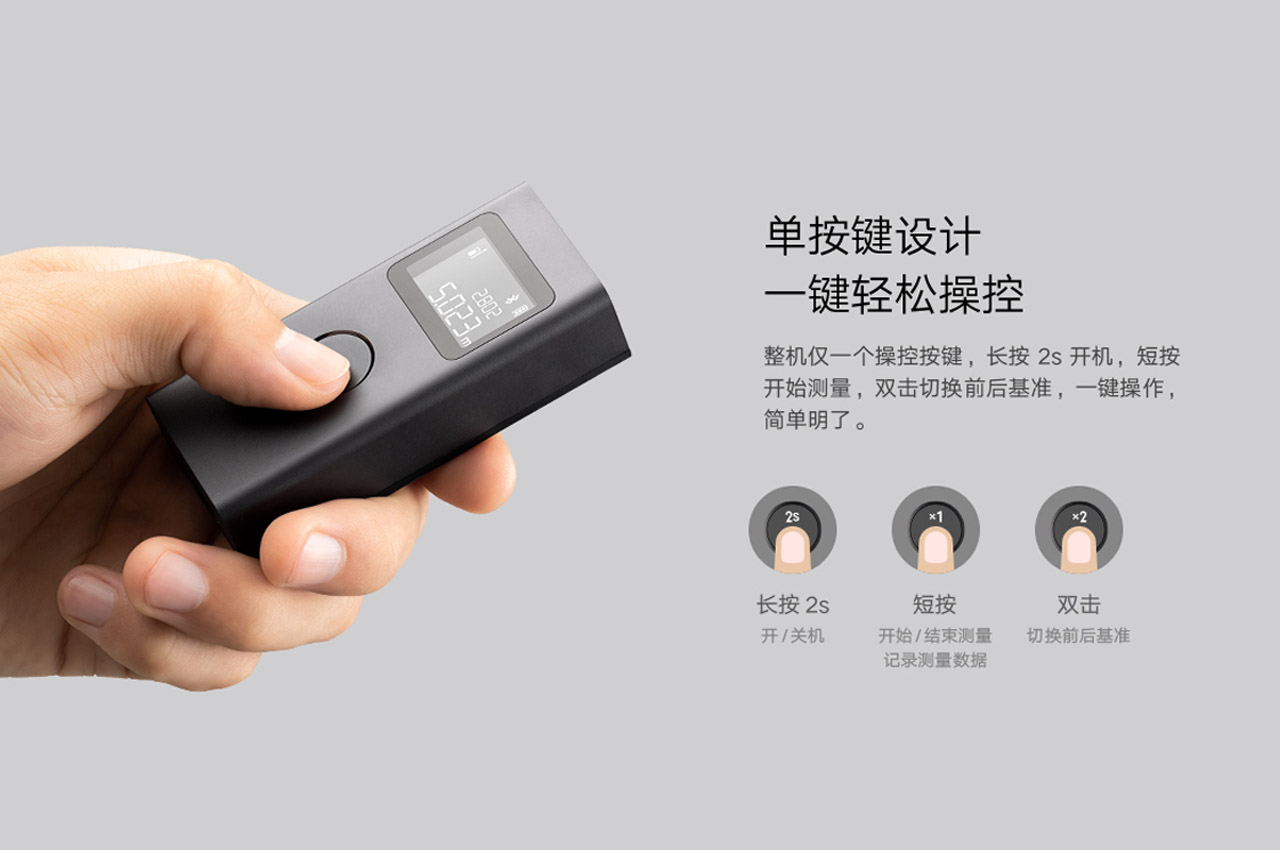
The post This smart laser distance meter measures and documents in the most intelligent way first appeared on Yanko Design.
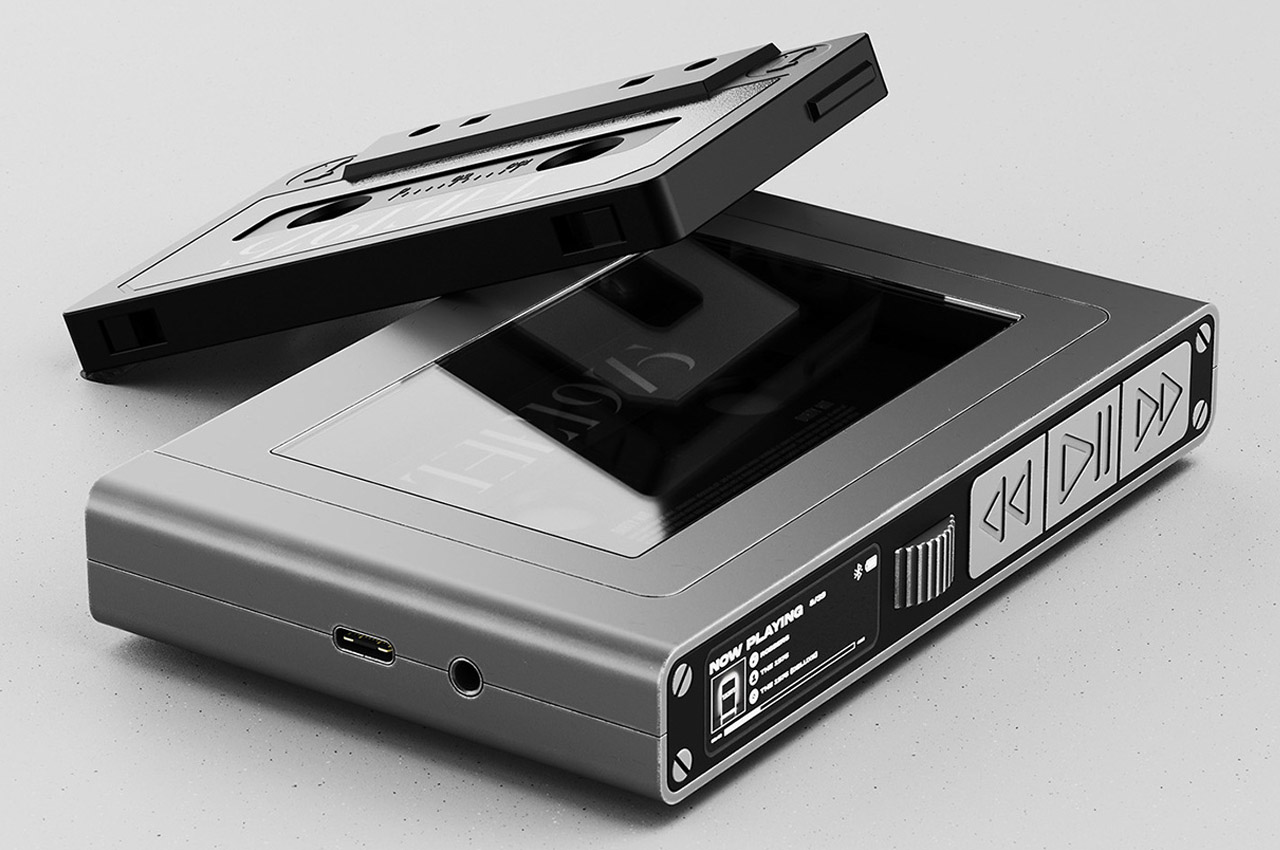
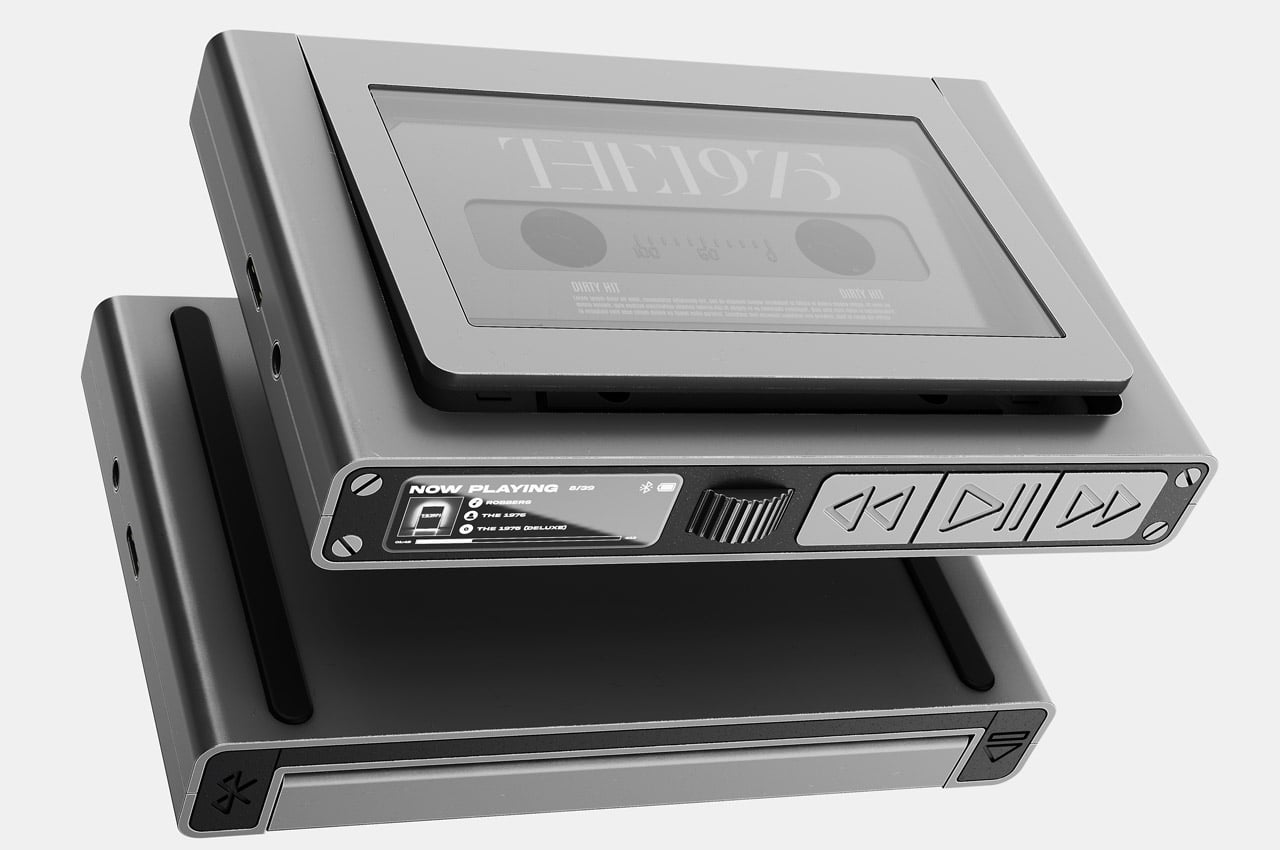
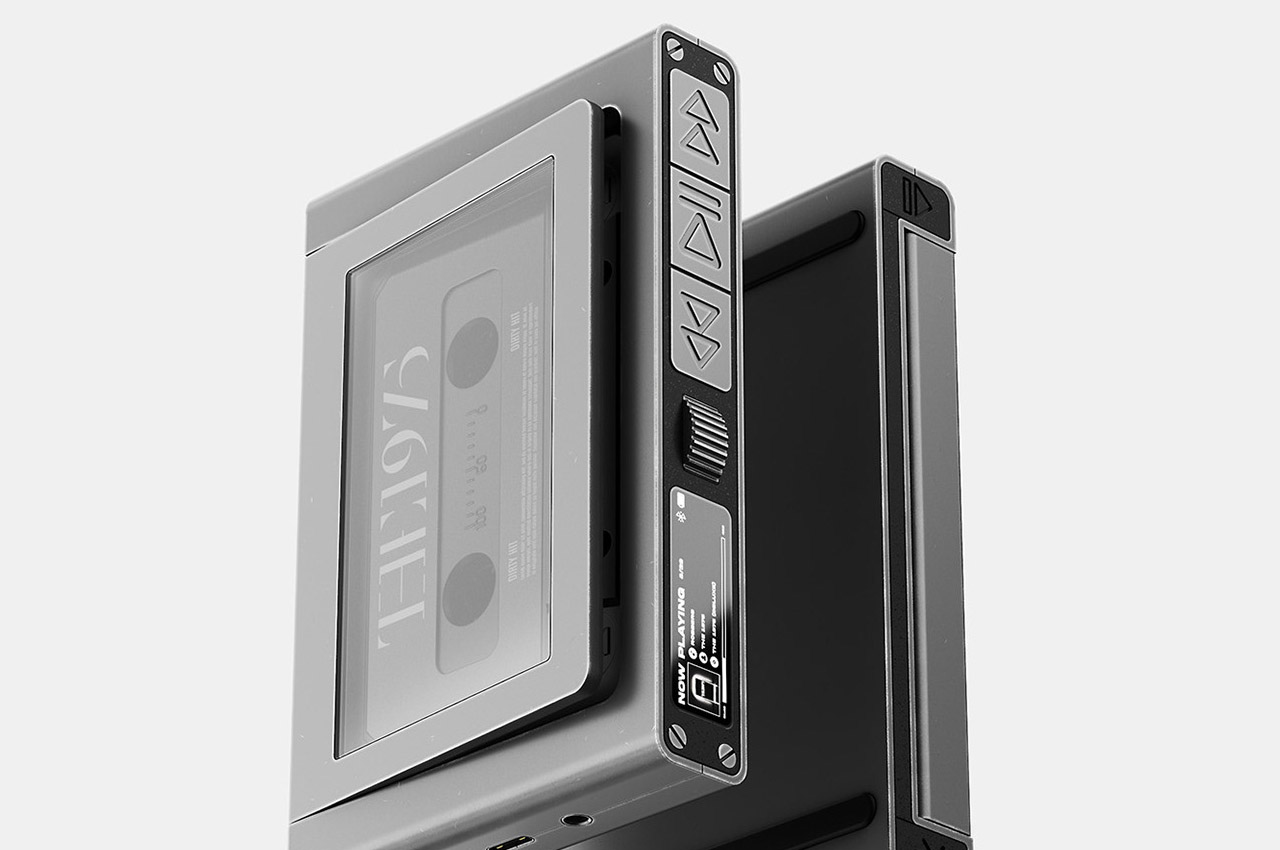
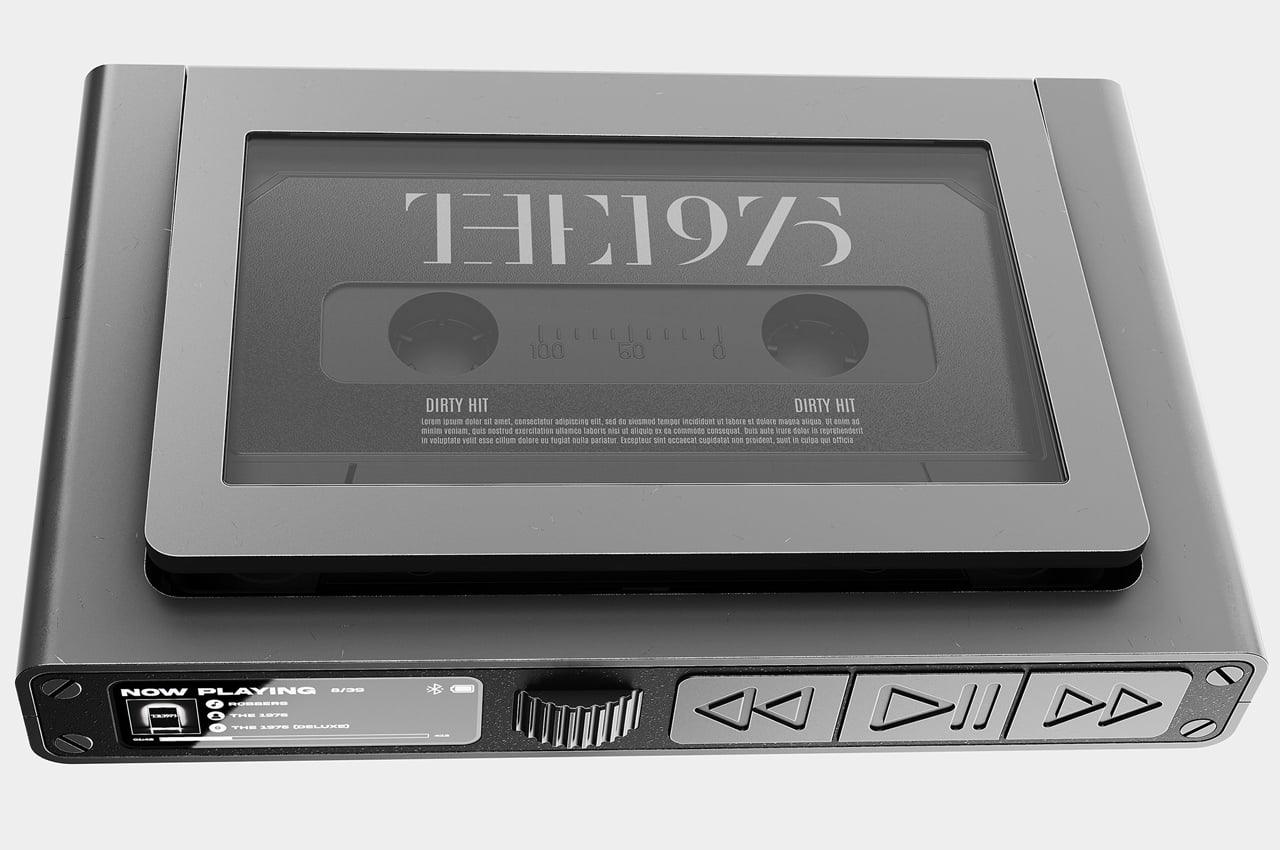
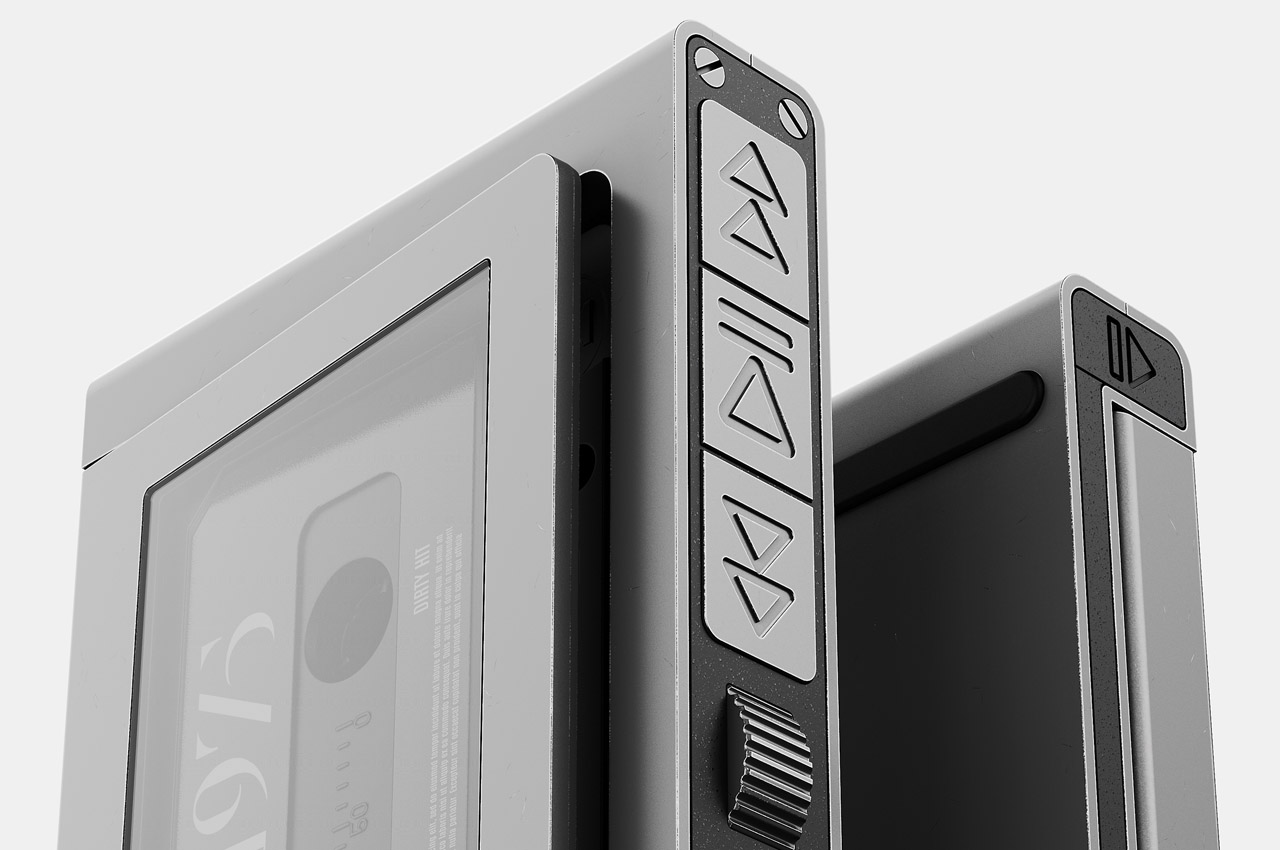
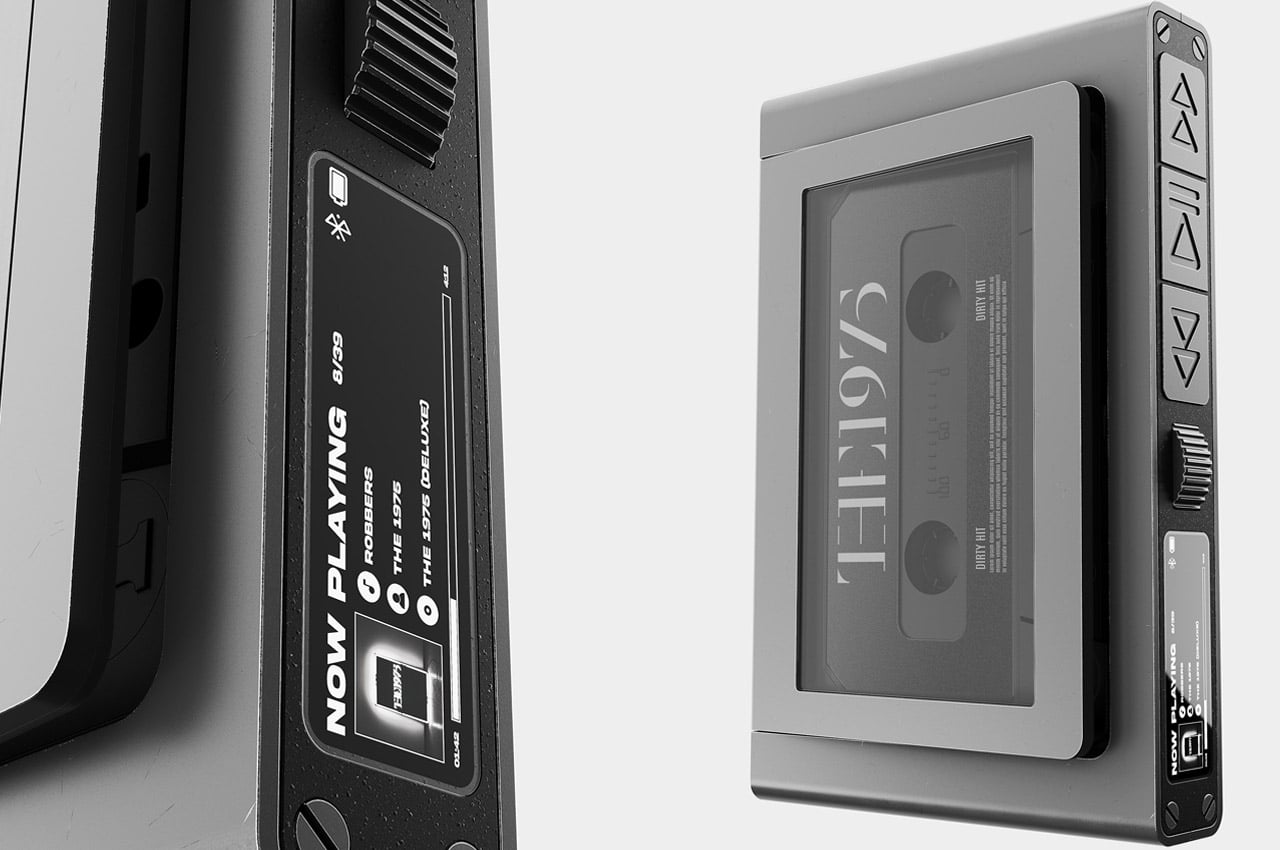
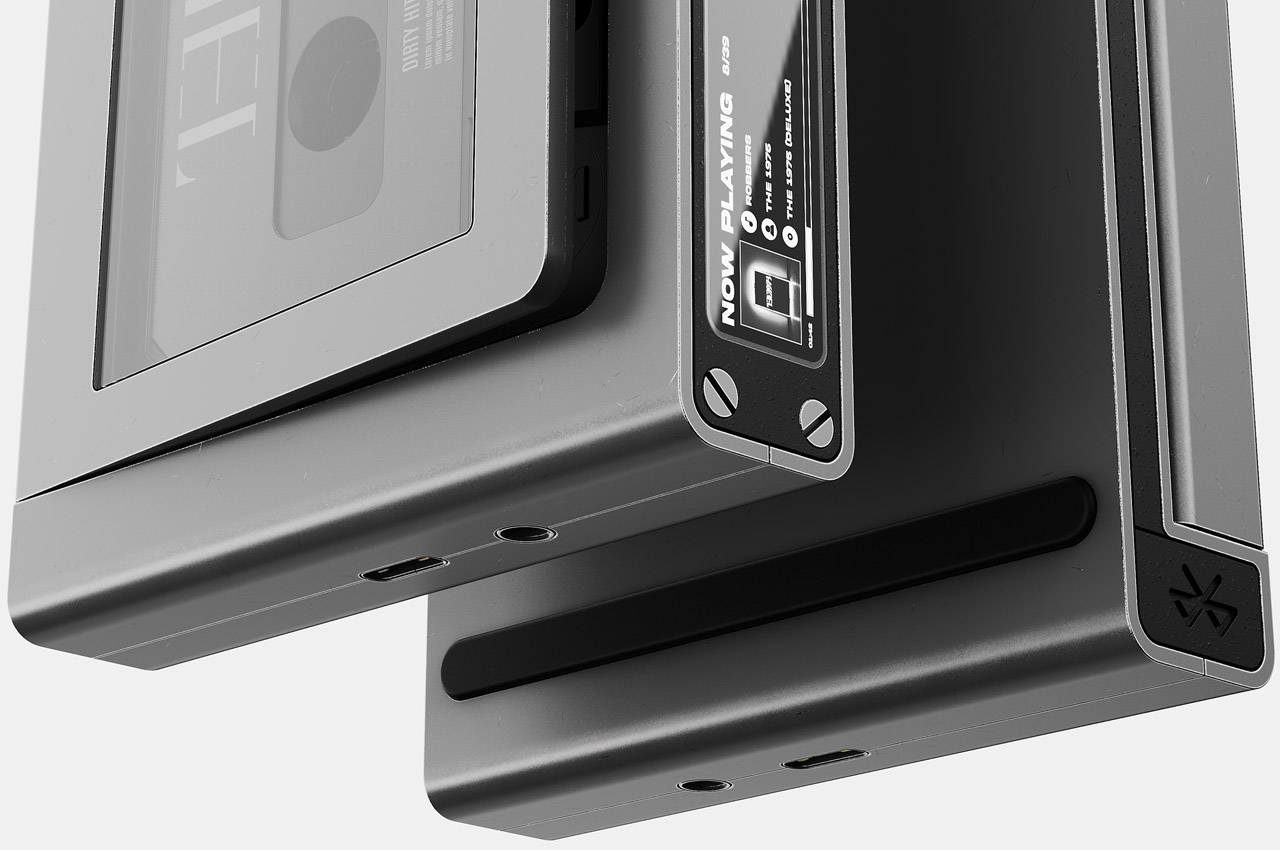
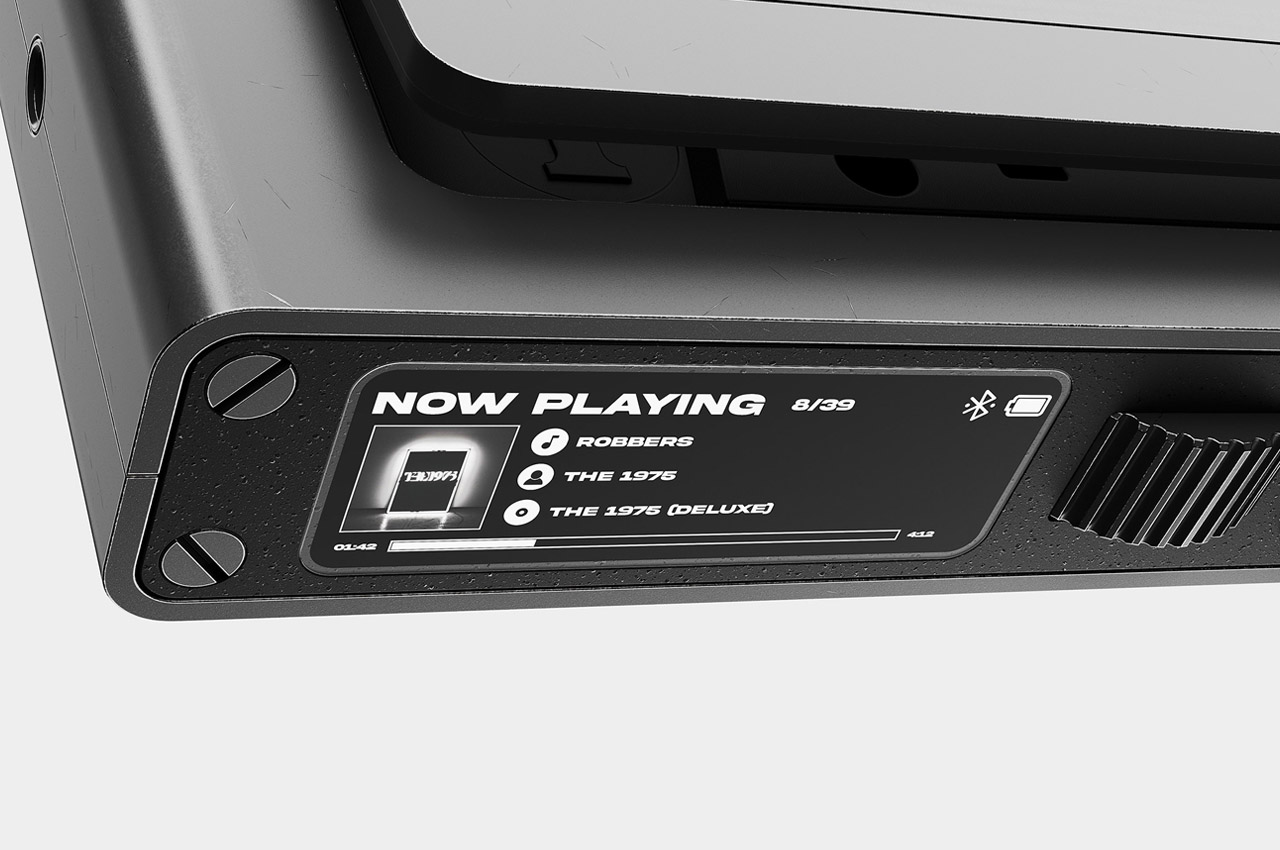
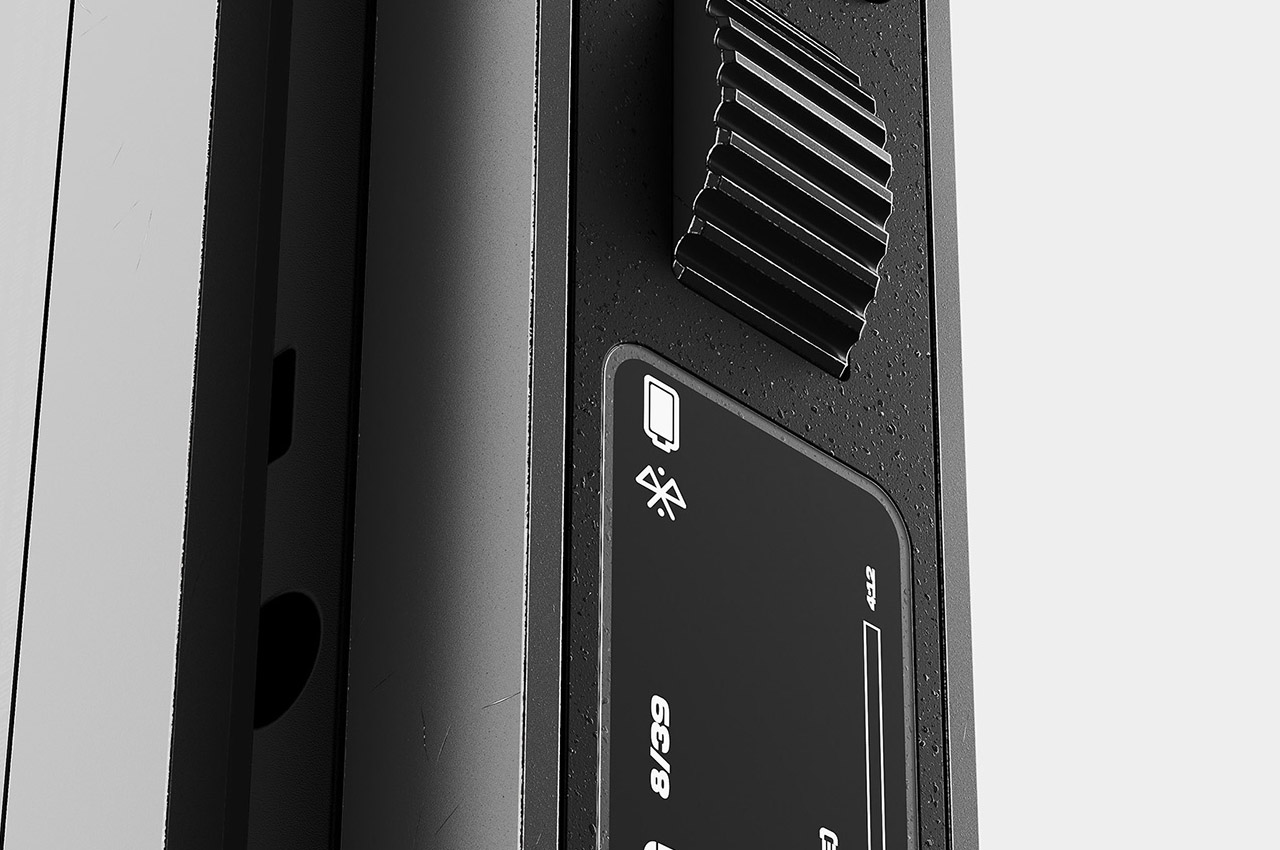
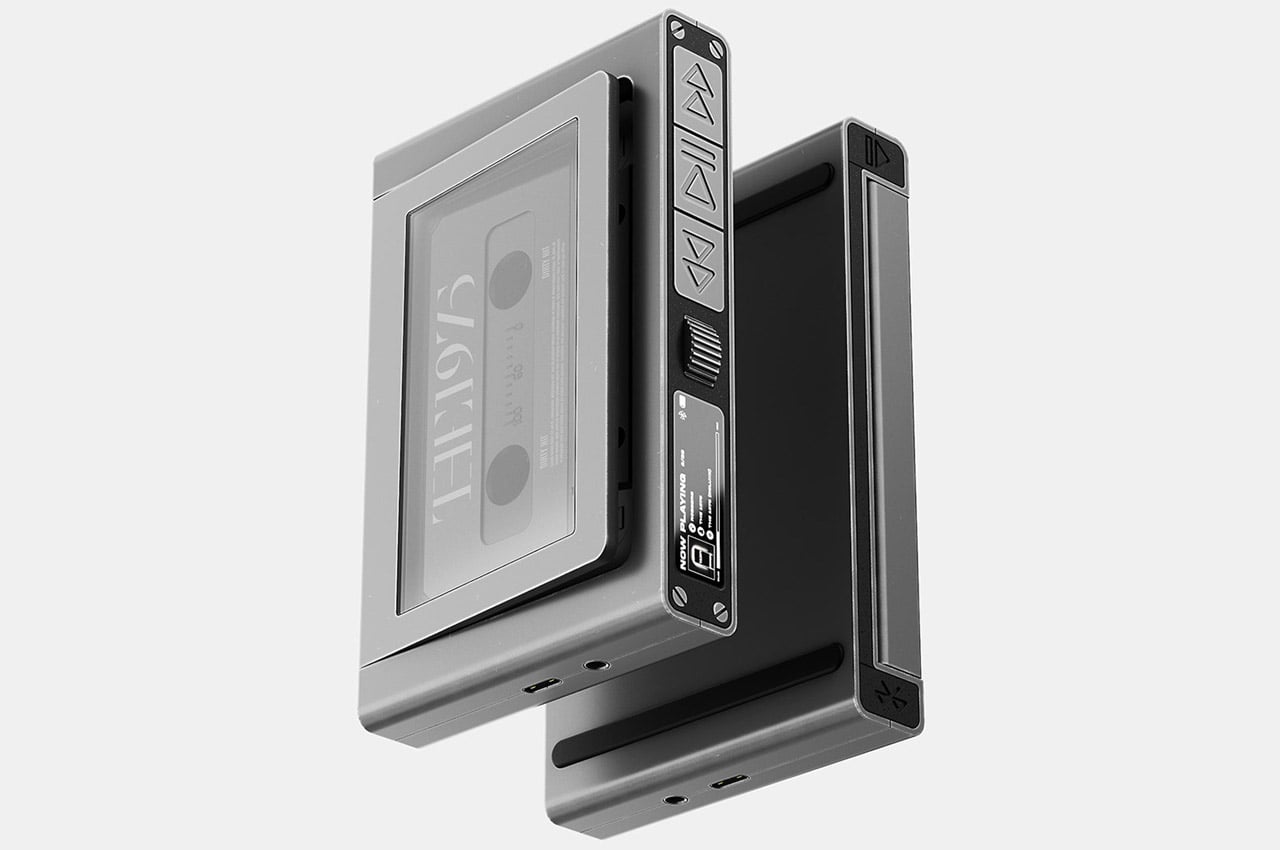
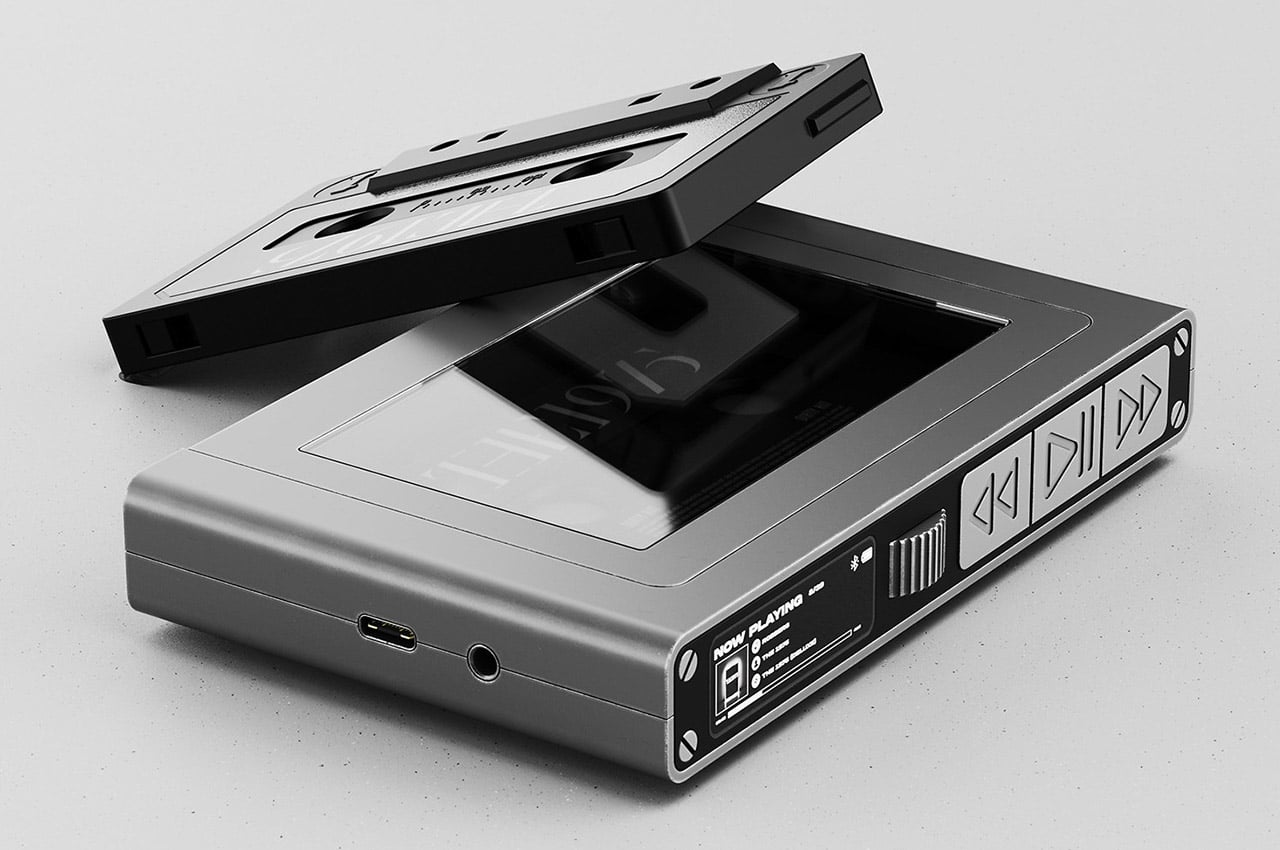


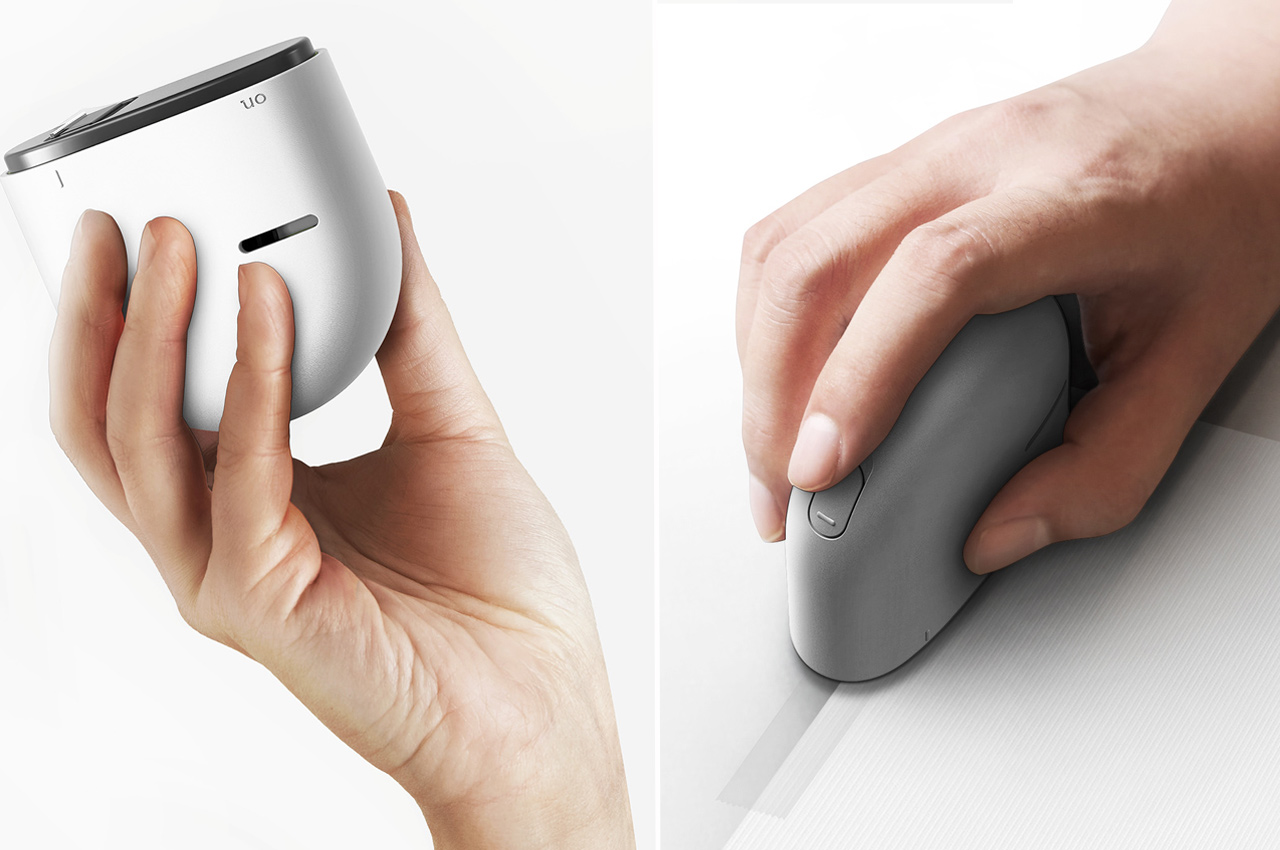

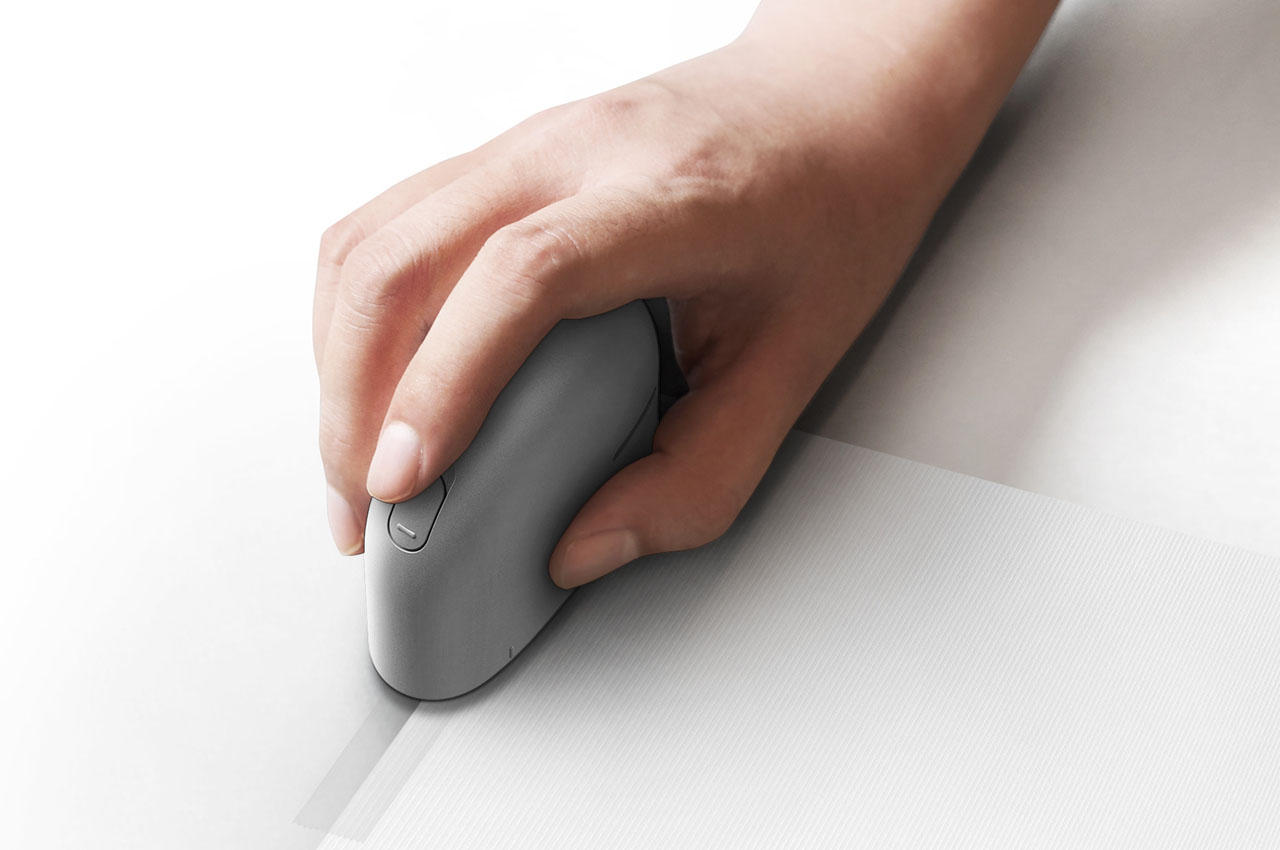
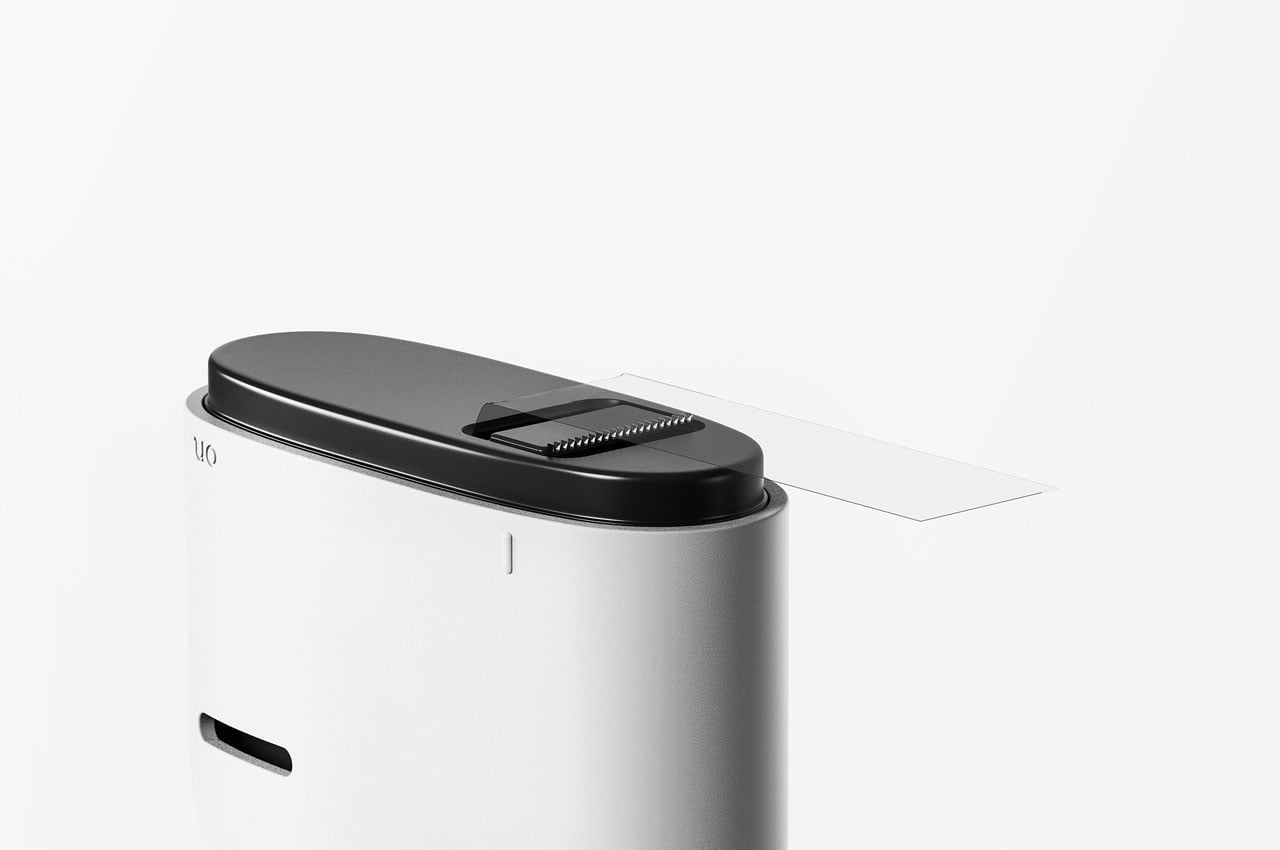
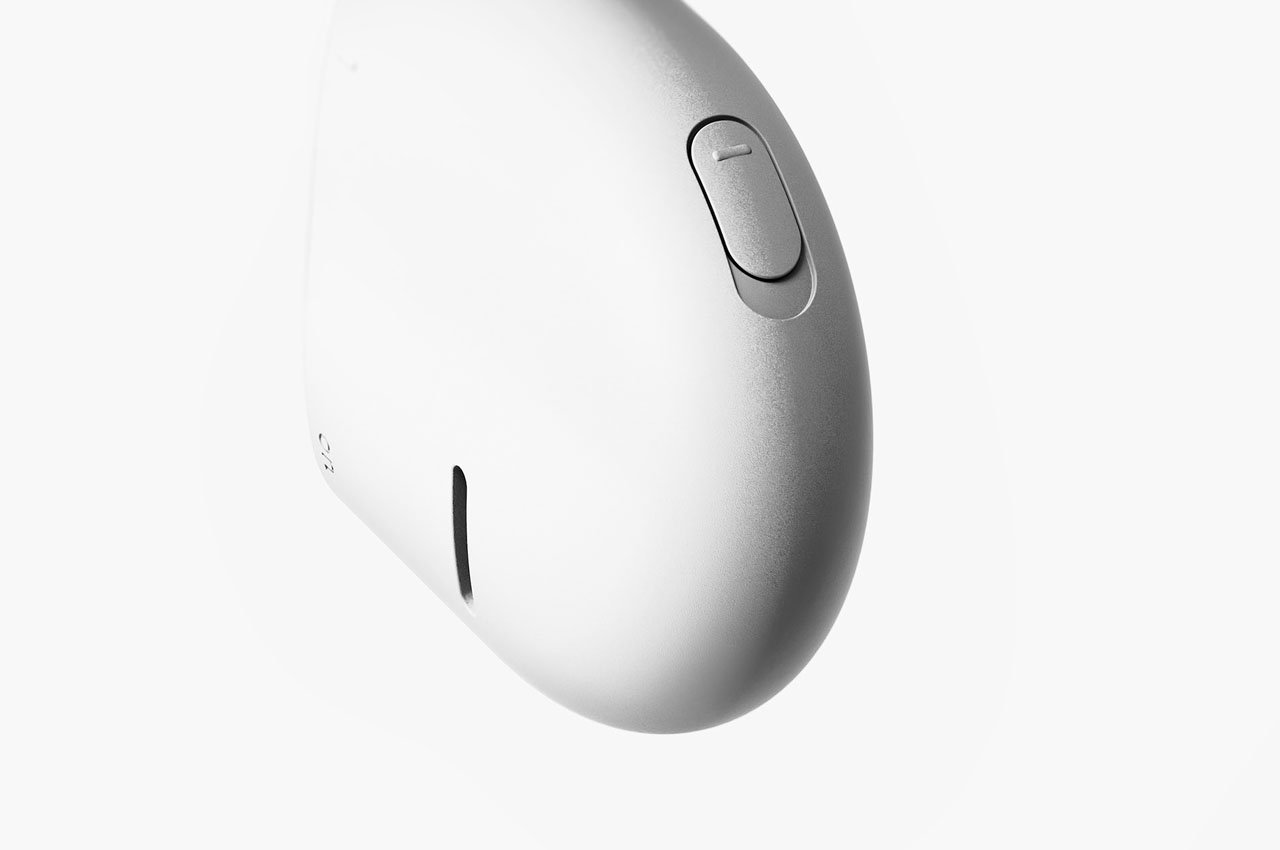
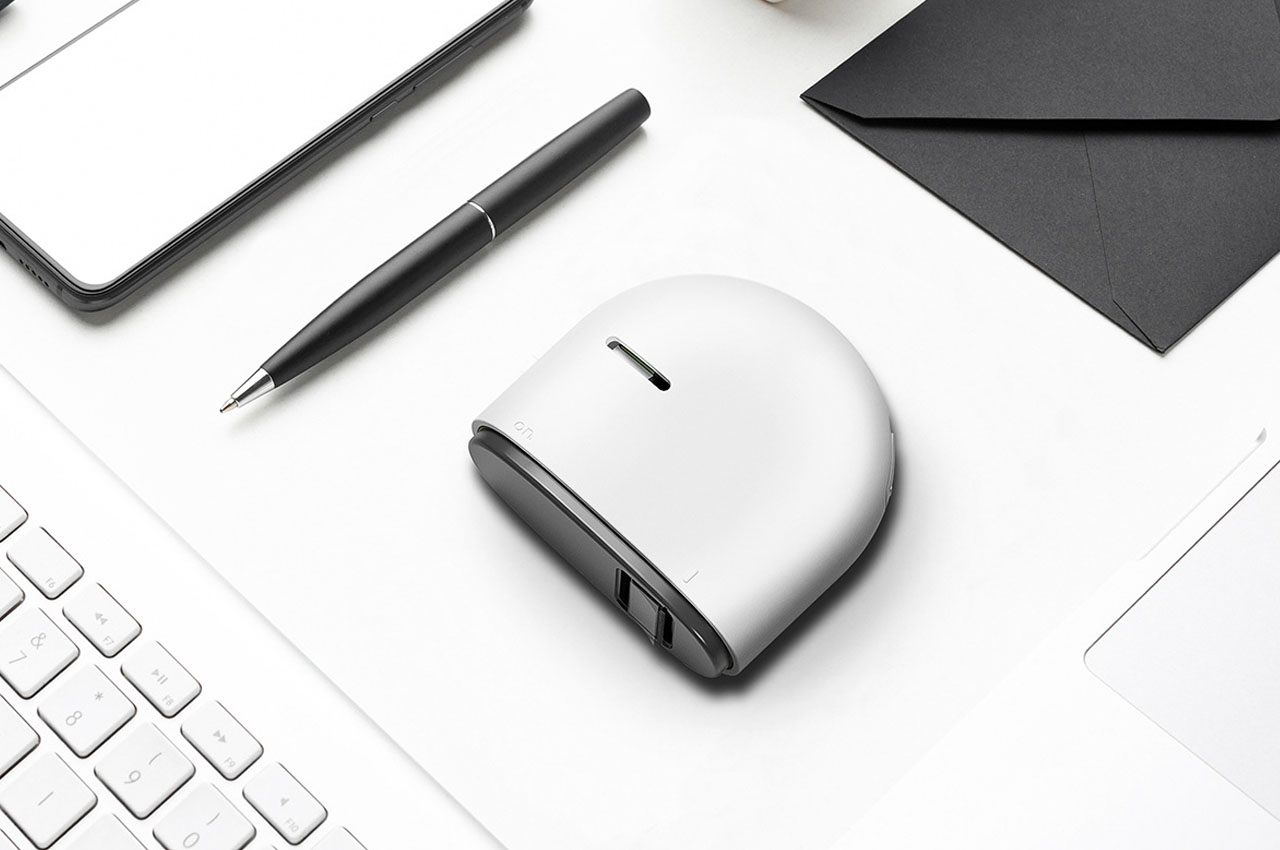
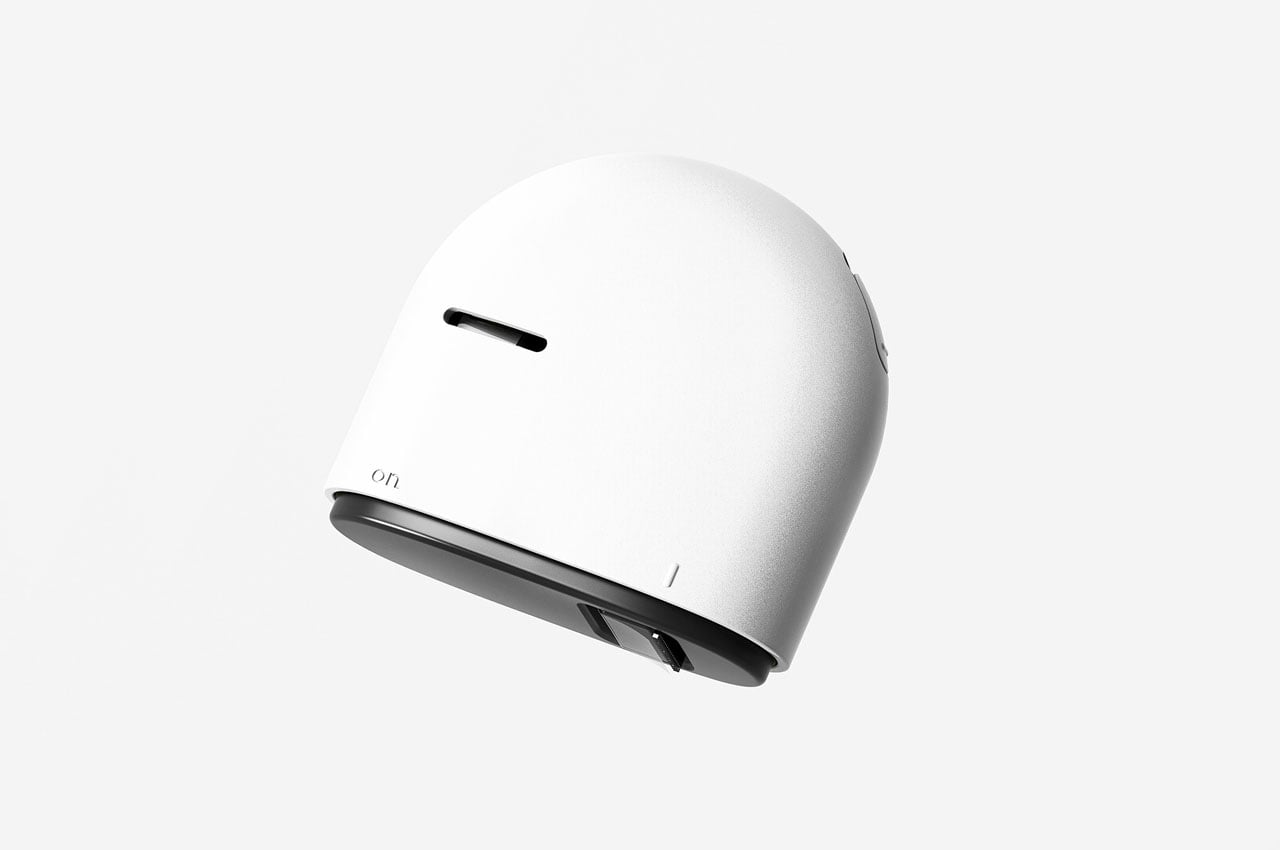
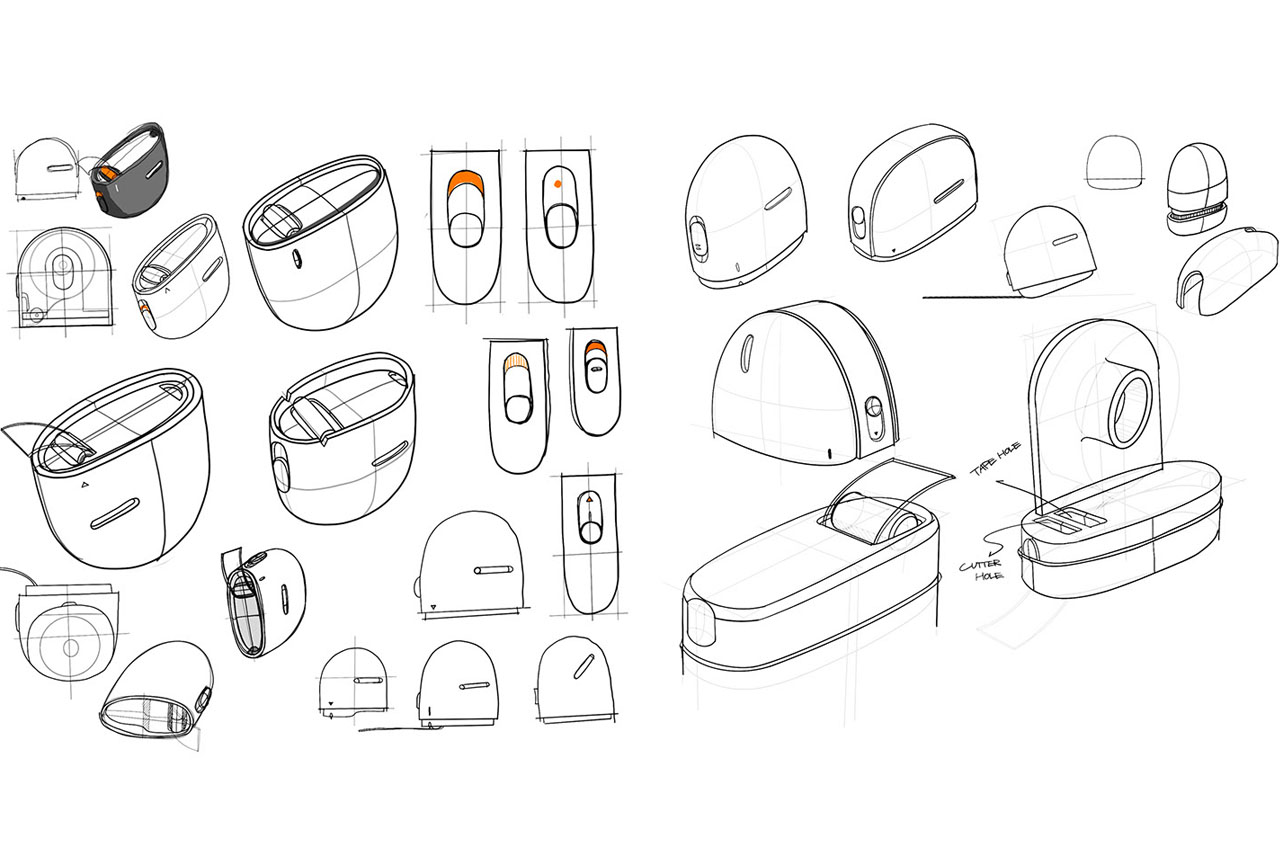
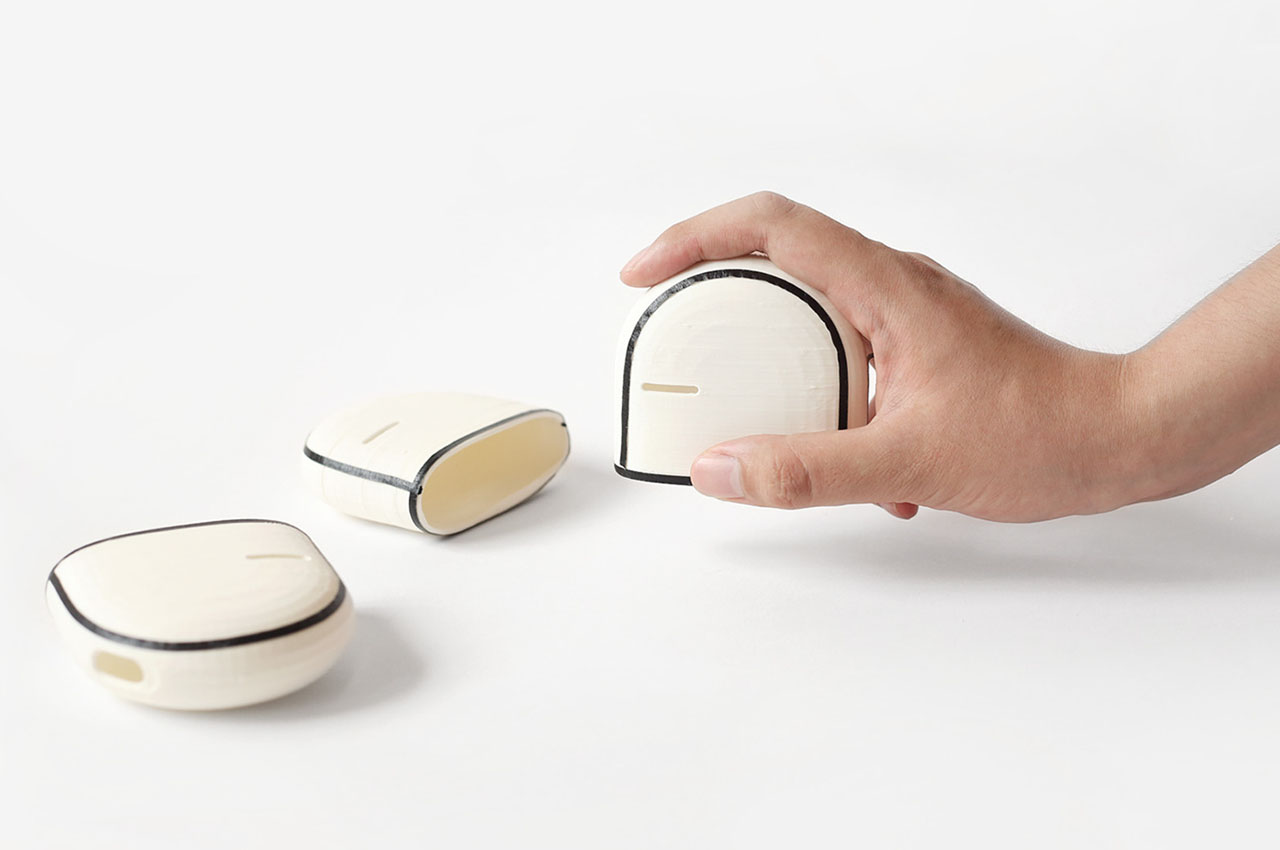
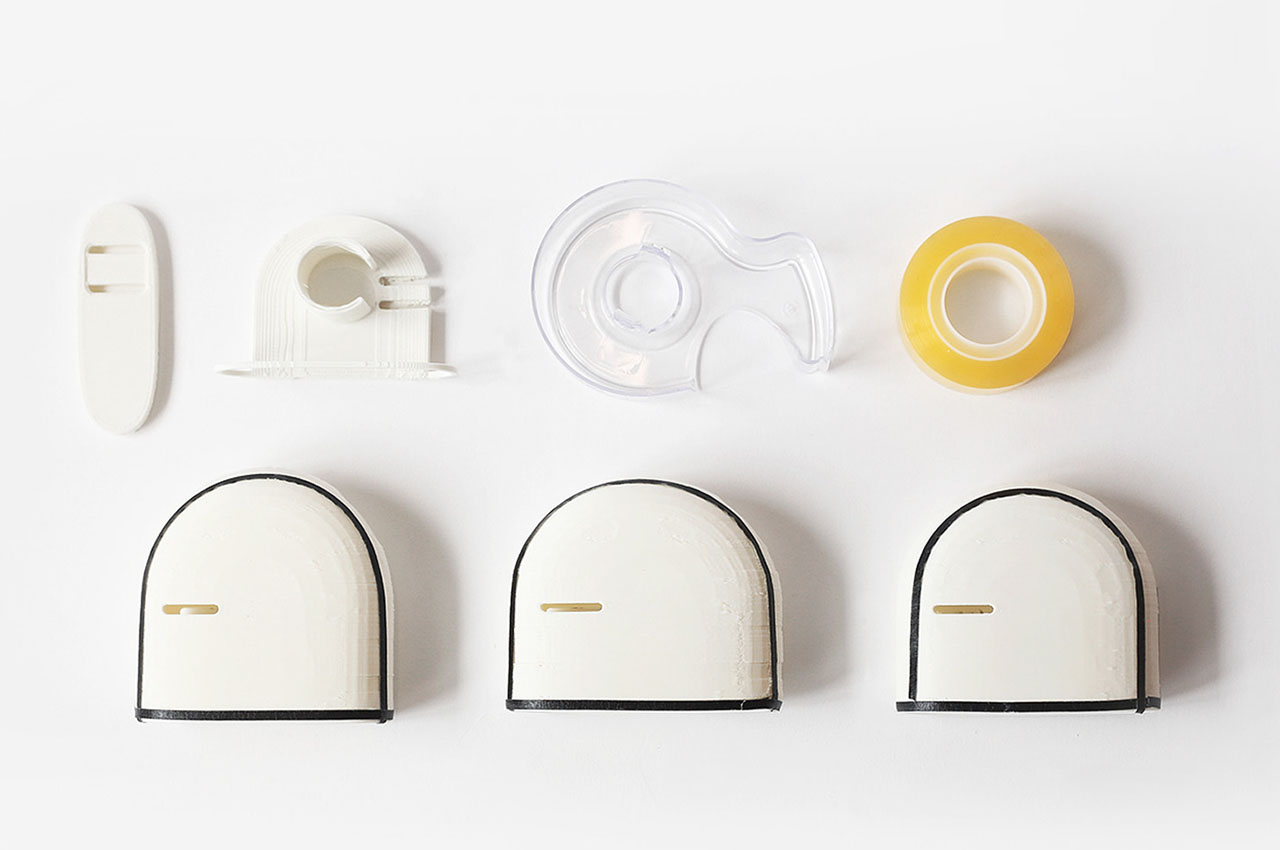
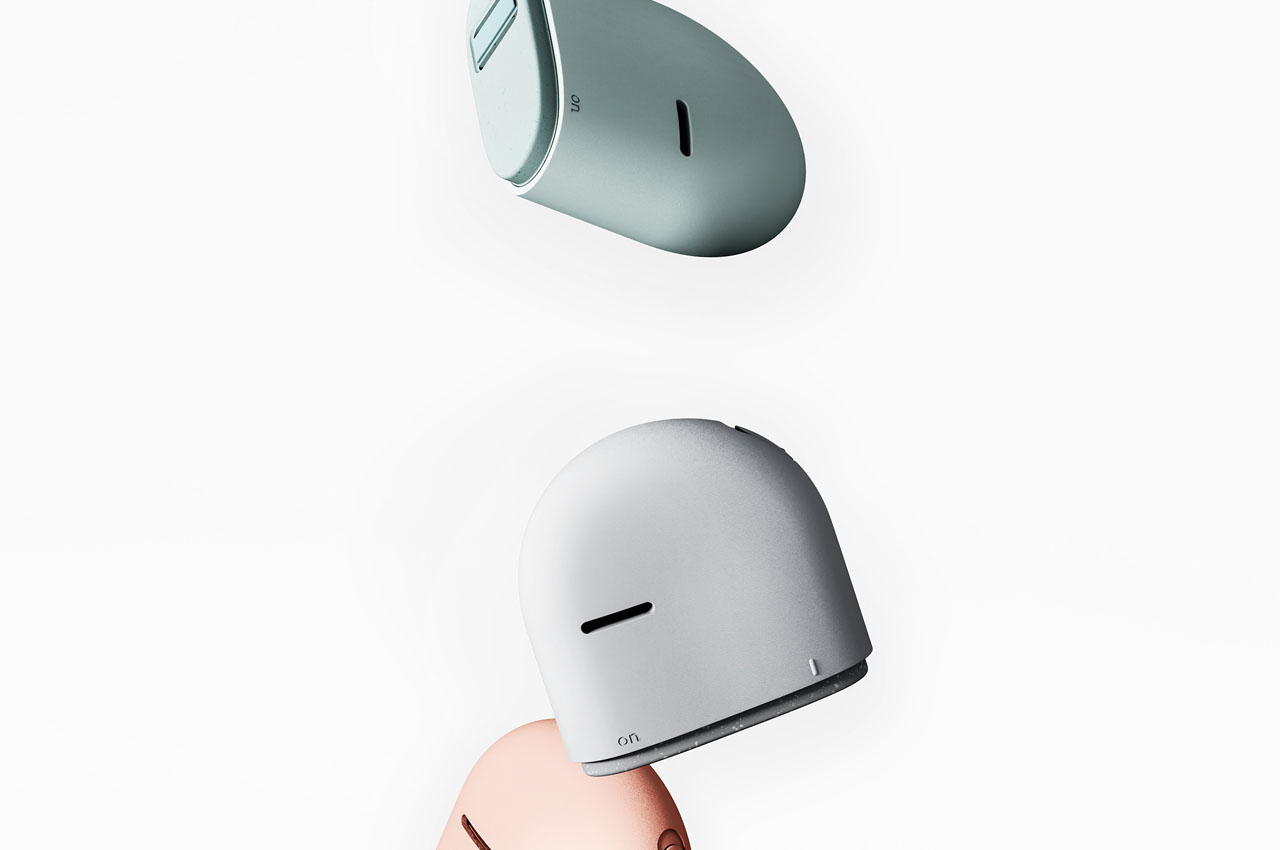
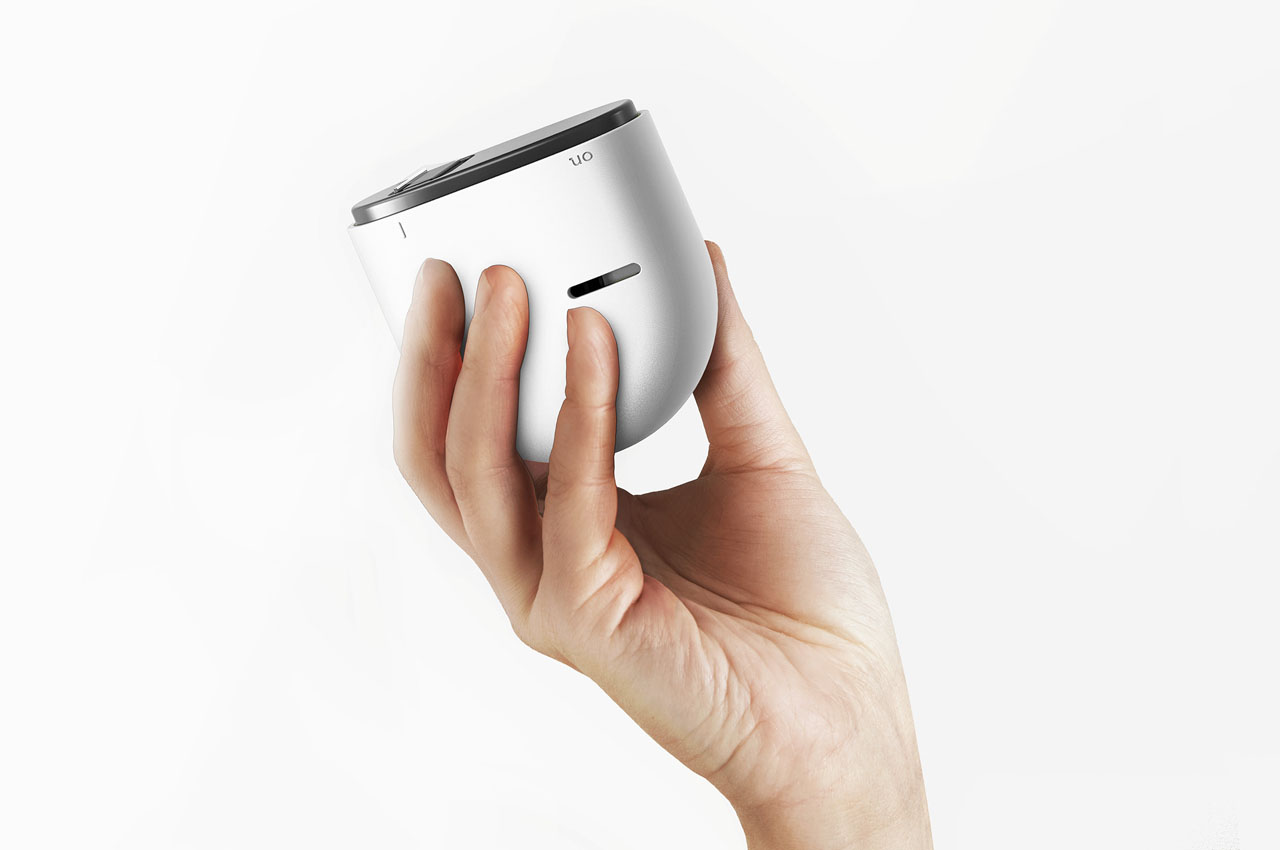
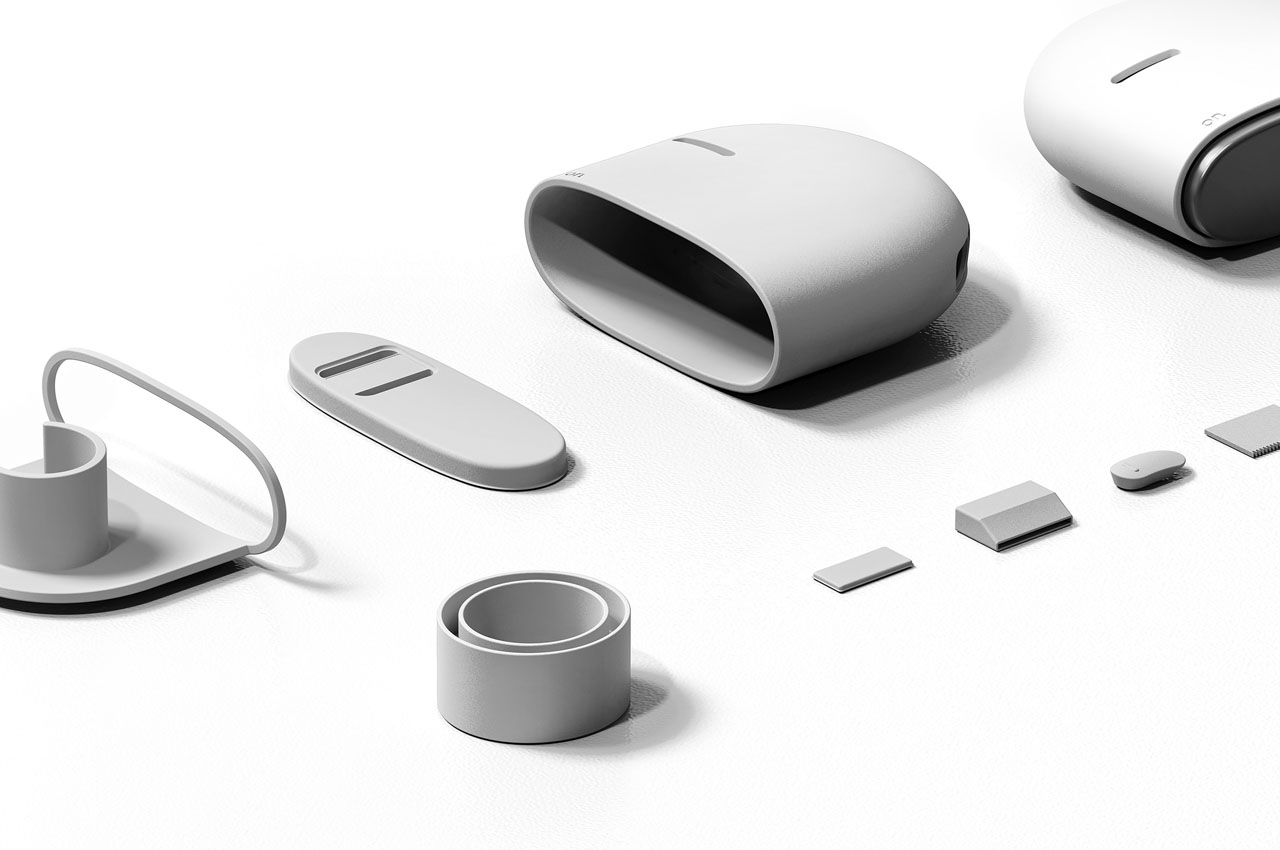
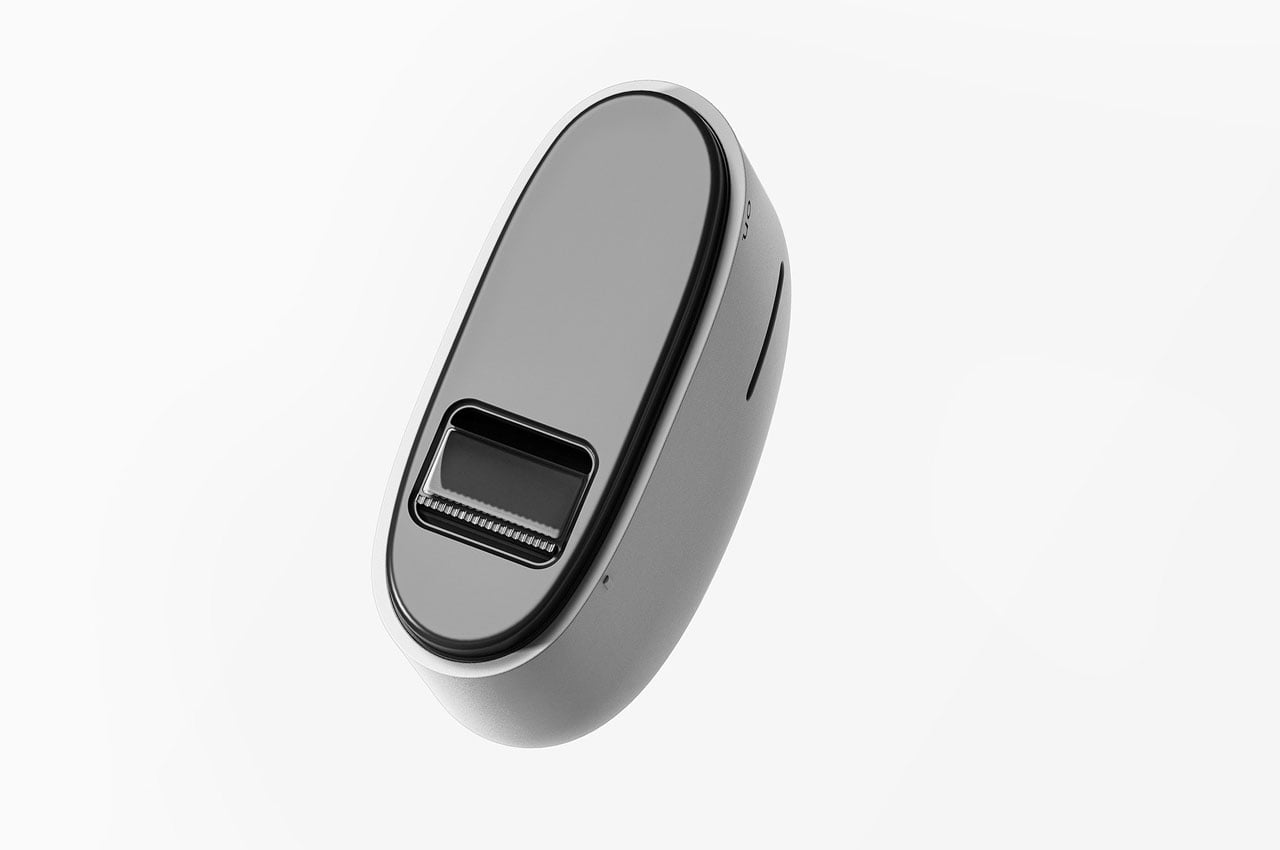
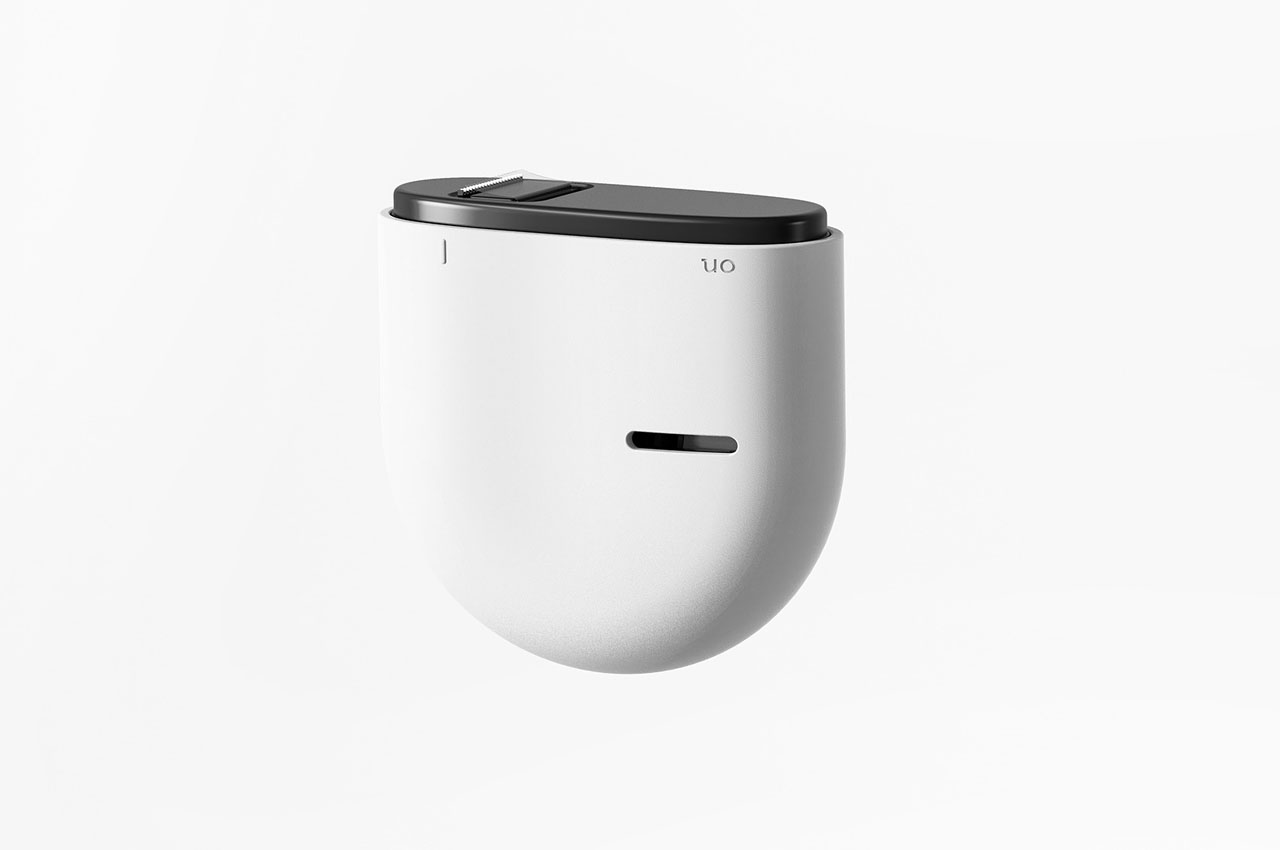
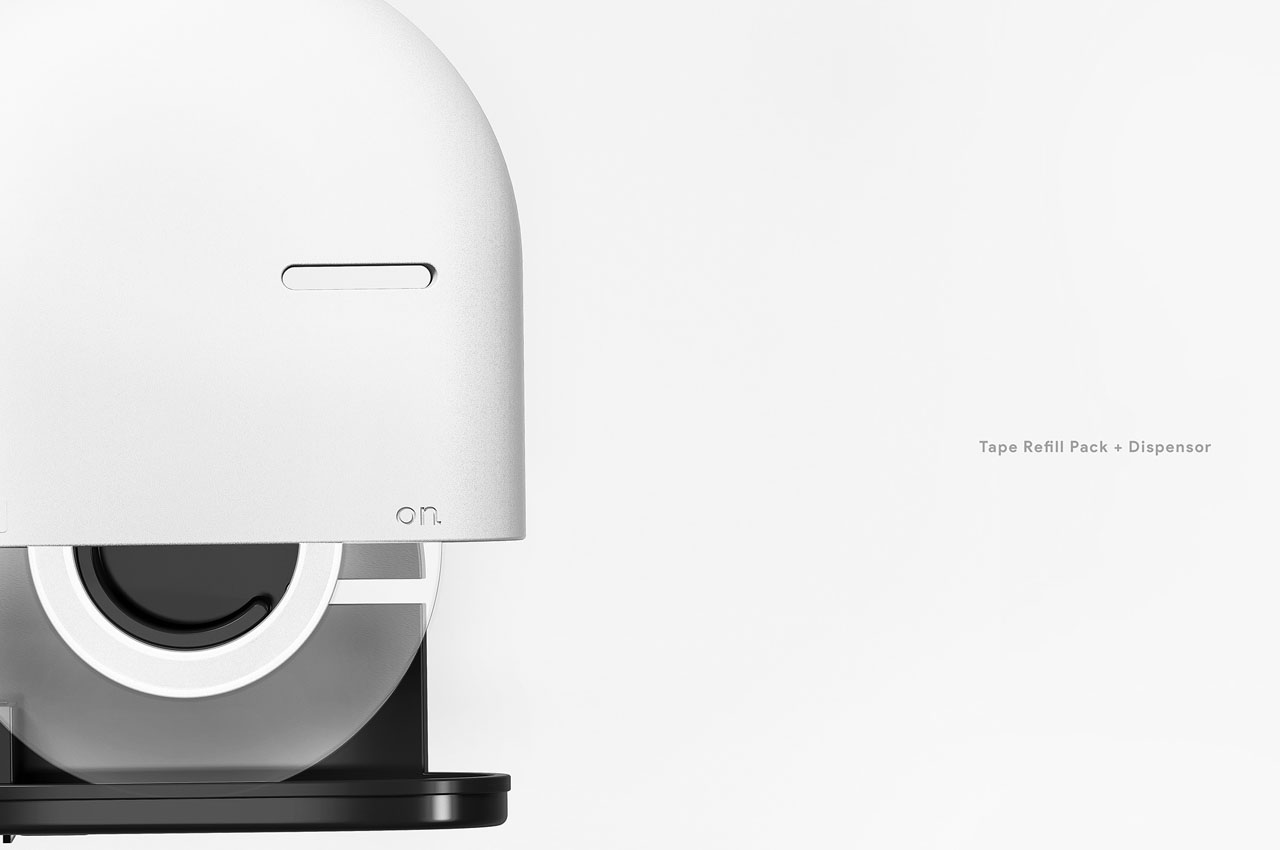














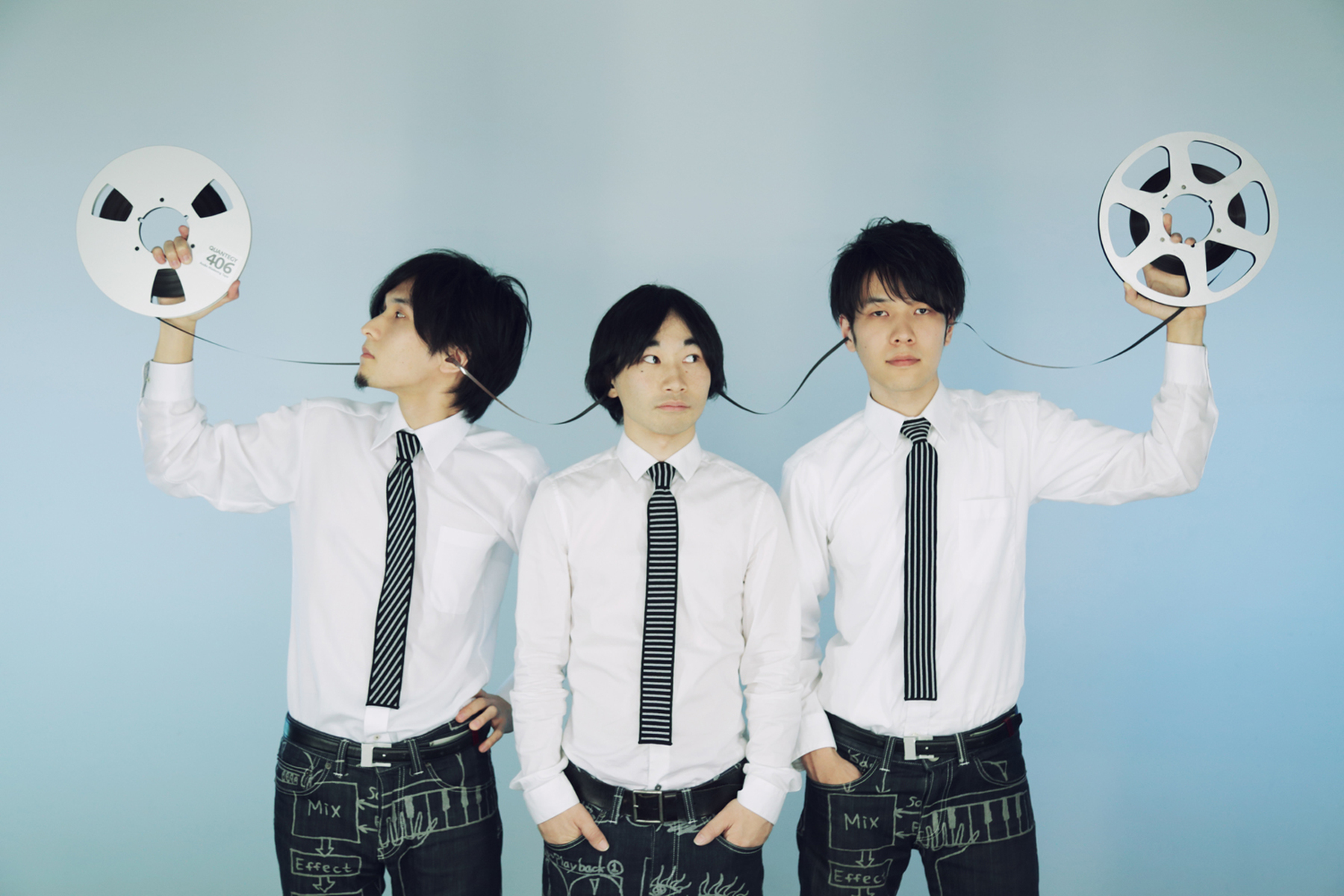 Open Reel Ensemble doesn't play conventional instruments, like guitars, drums and keyboards. Instead, the Japanese band uses reel-to-reel tape recorders built by Pioneer and TEAC in the 1970s and '80s. They weren't designed, of course, with musical c...
Open Reel Ensemble doesn't play conventional instruments, like guitars, drums and keyboards. Instead, the Japanese band uses reel-to-reel tape recorders built by Pioneer and TEAC in the 1970s and '80s. They weren't designed, of course, with musical c...


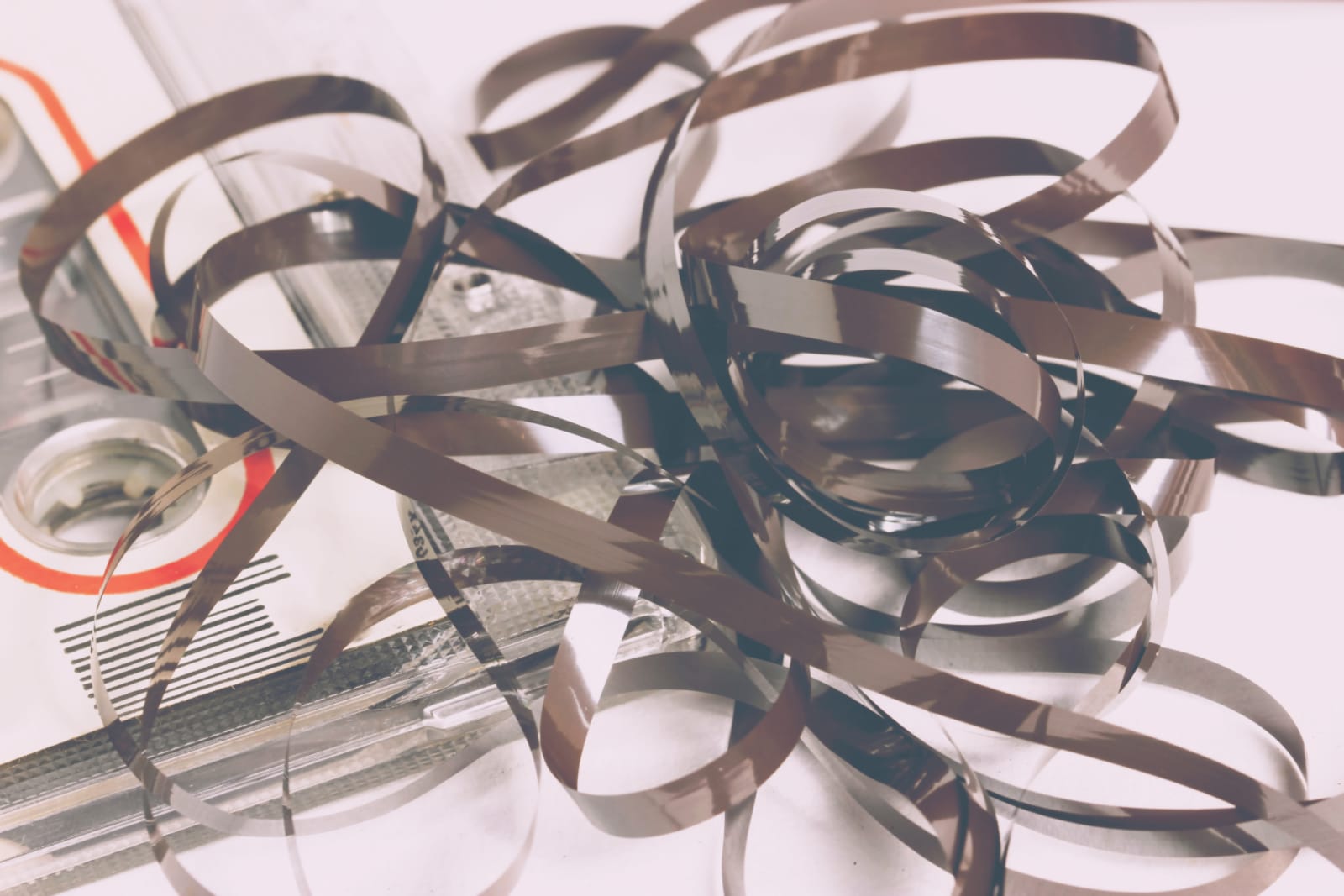 Storing data on magnetic tape is back, baby. Sony has announced that thanks to a partnership with IBM Research in Zurich, the pair have developed a magnetic tape cartridge capable of storing 201 gigabytes of data per square inch for a total of 330 te...
Storing data on magnetic tape is back, baby. Sony has announced that thanks to a partnership with IBM Research in Zurich, the pair have developed a magnetic tape cartridge capable of storing 201 gigabytes of data per square inch for a total of 330 te...